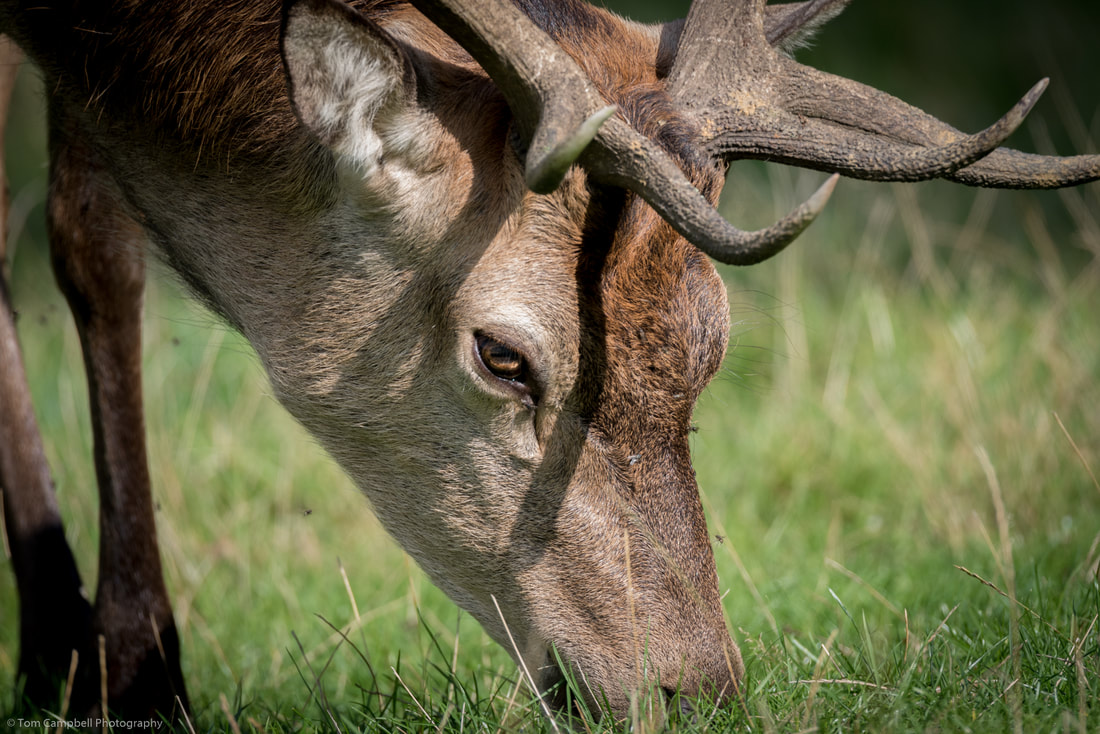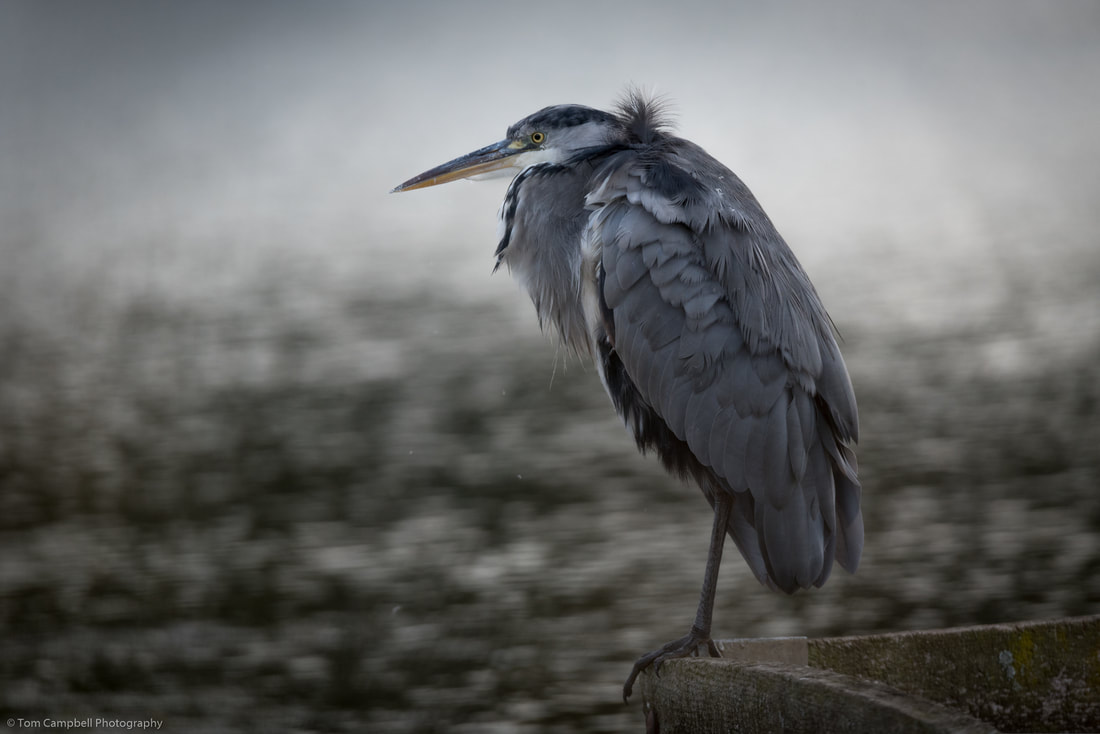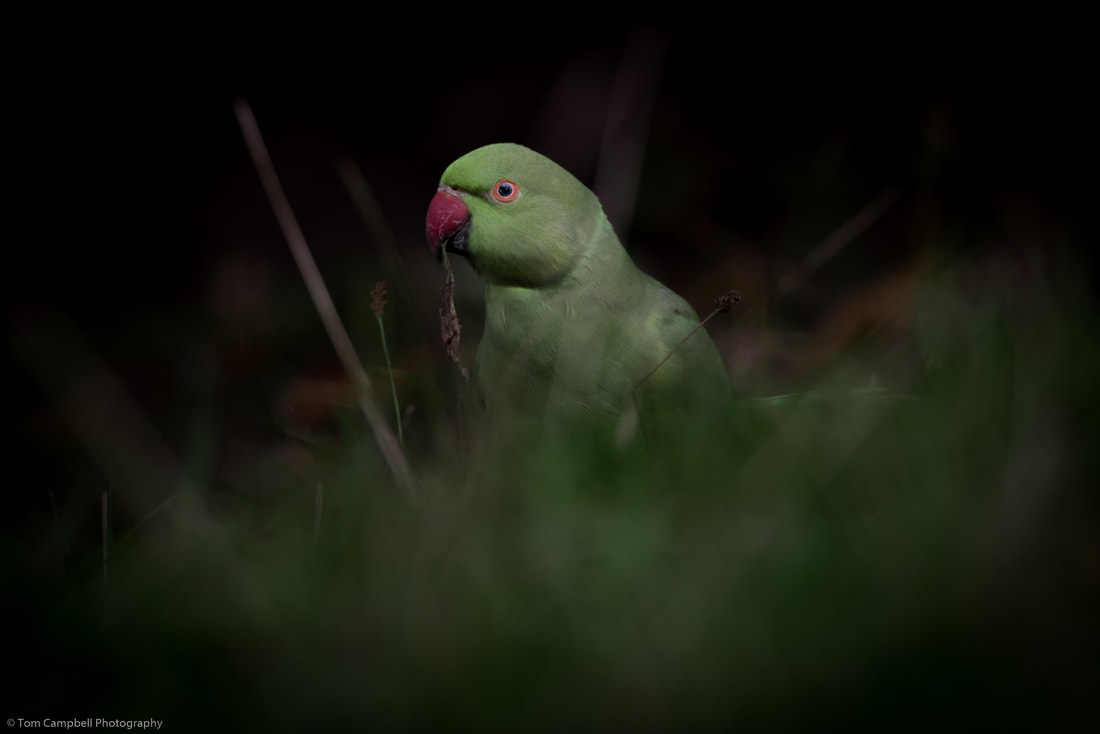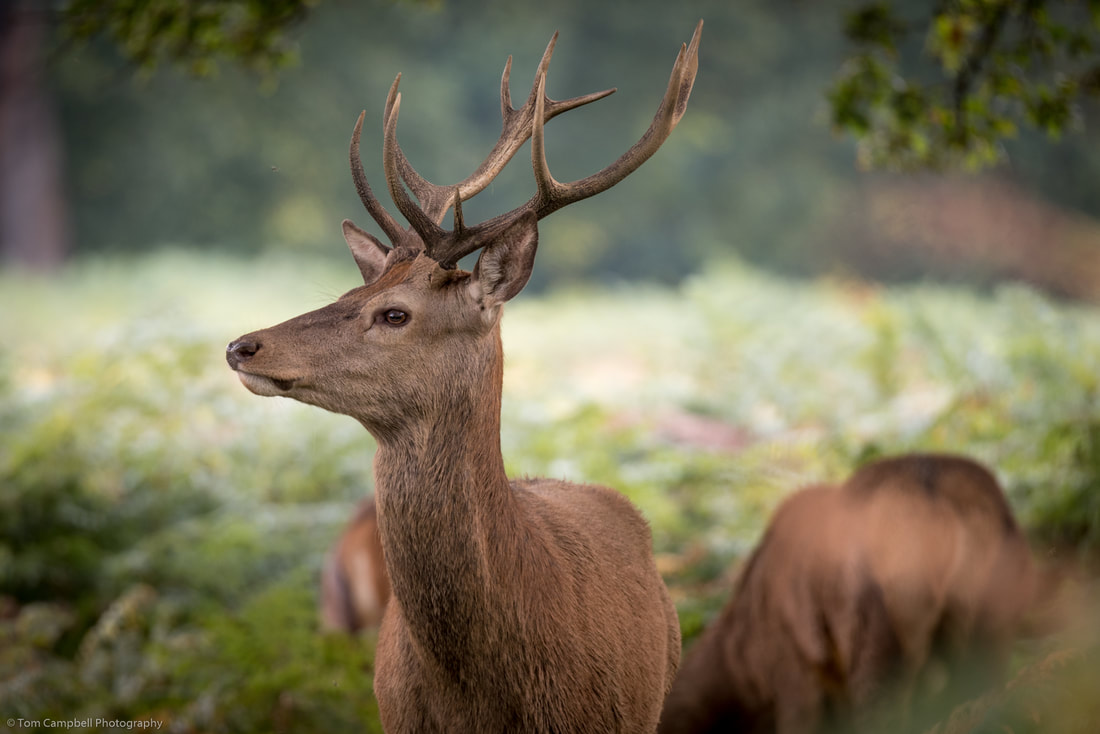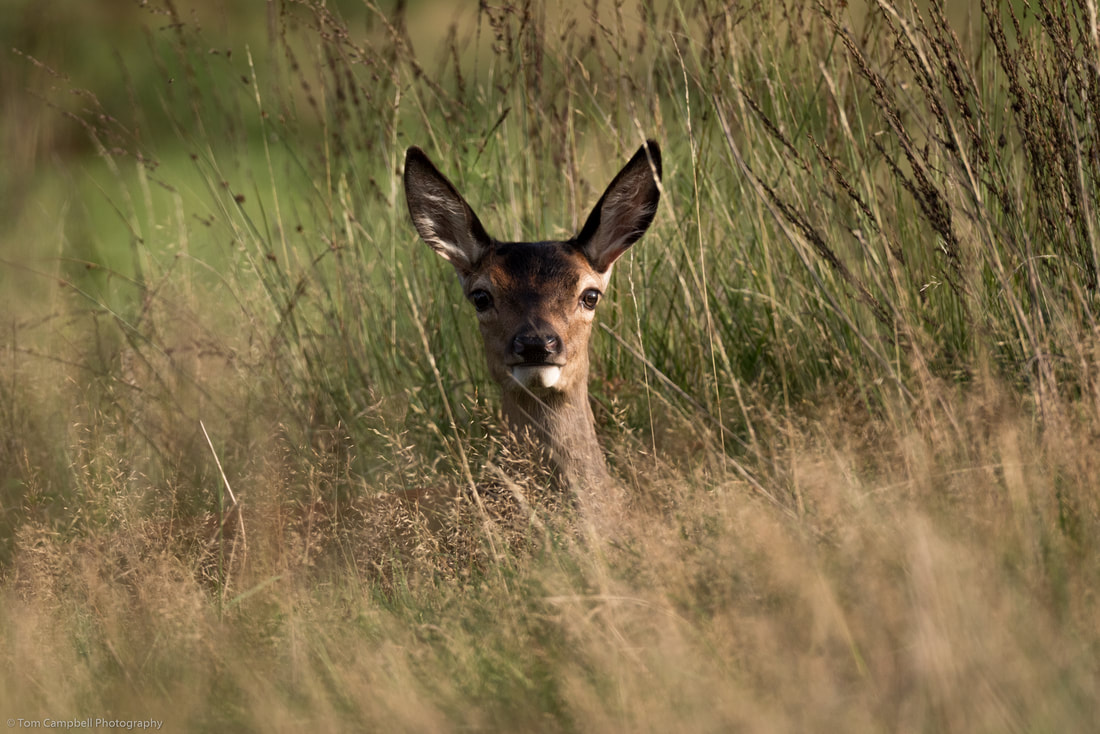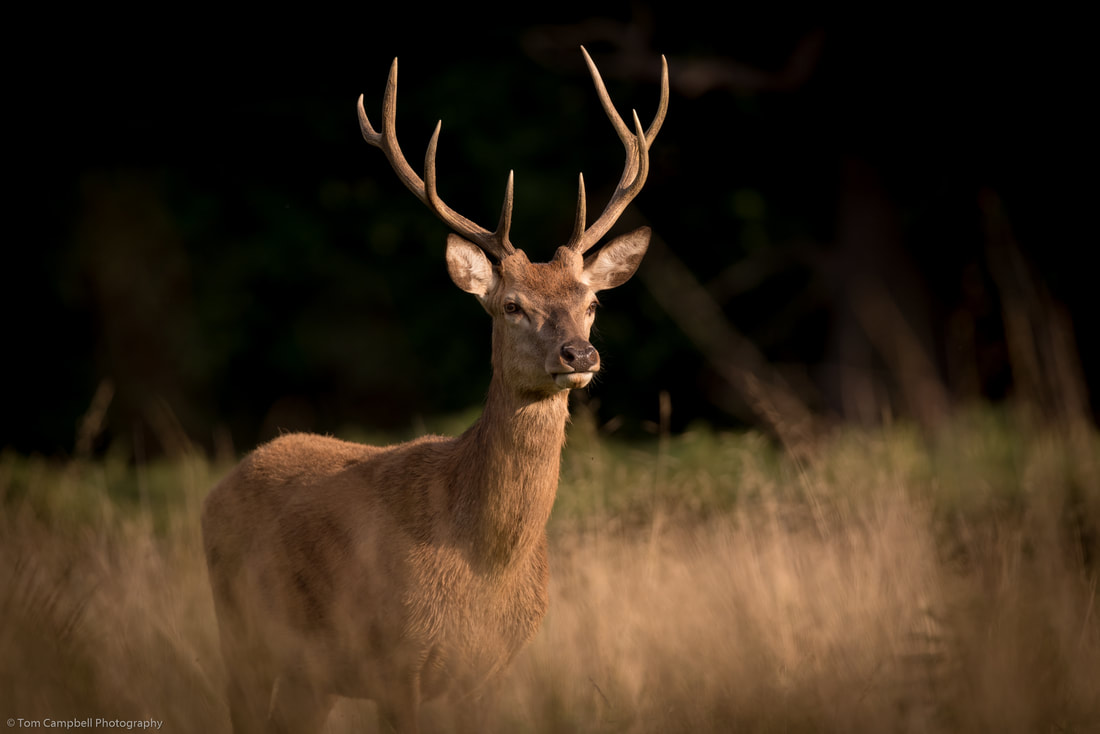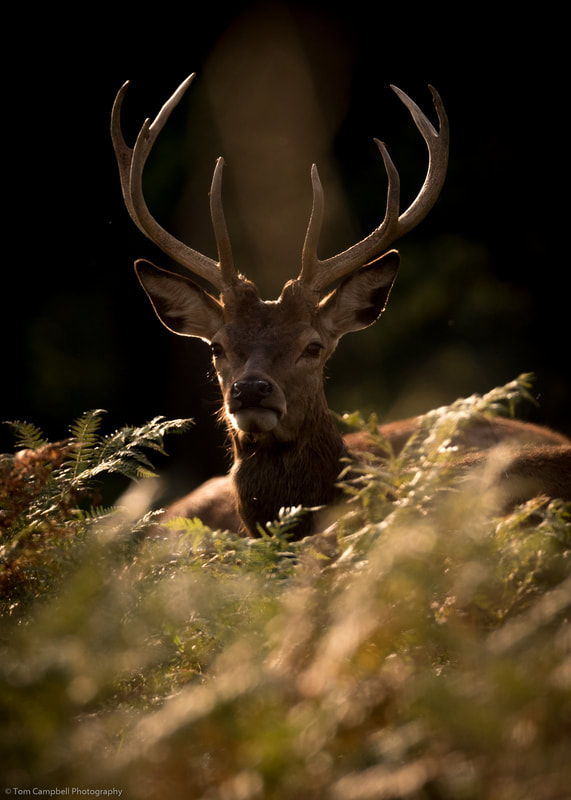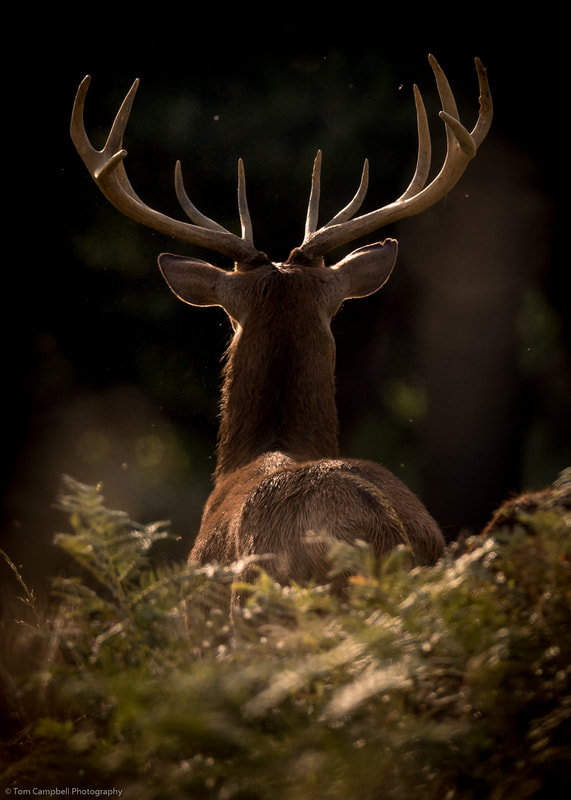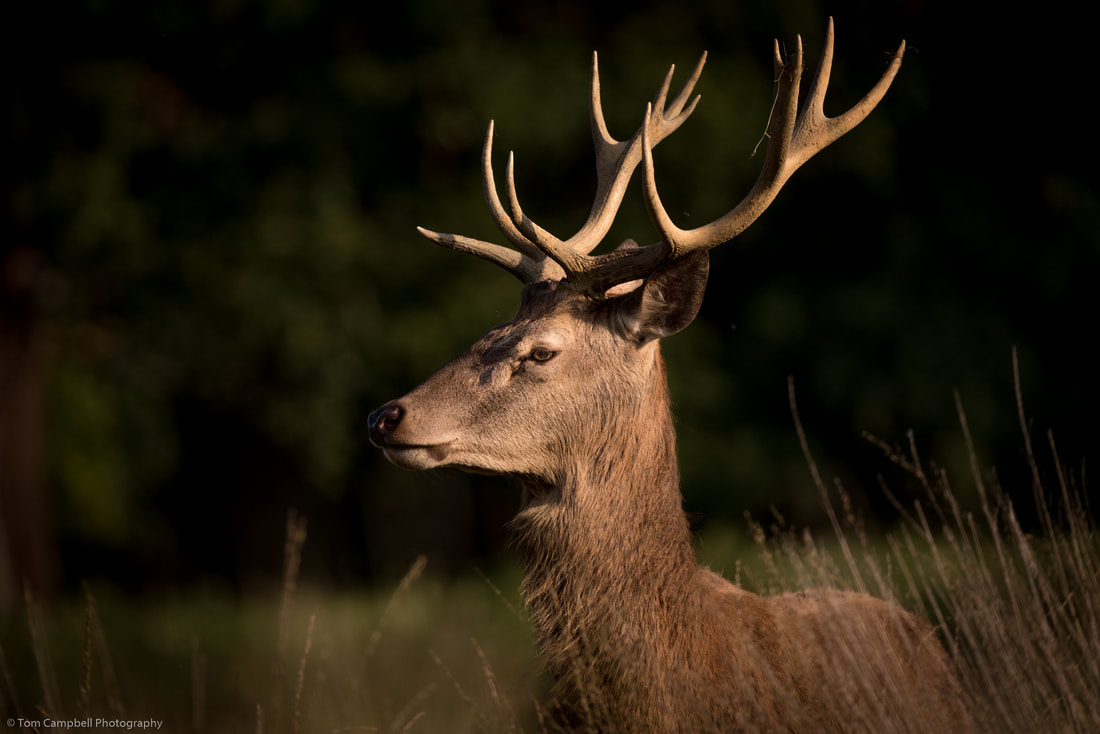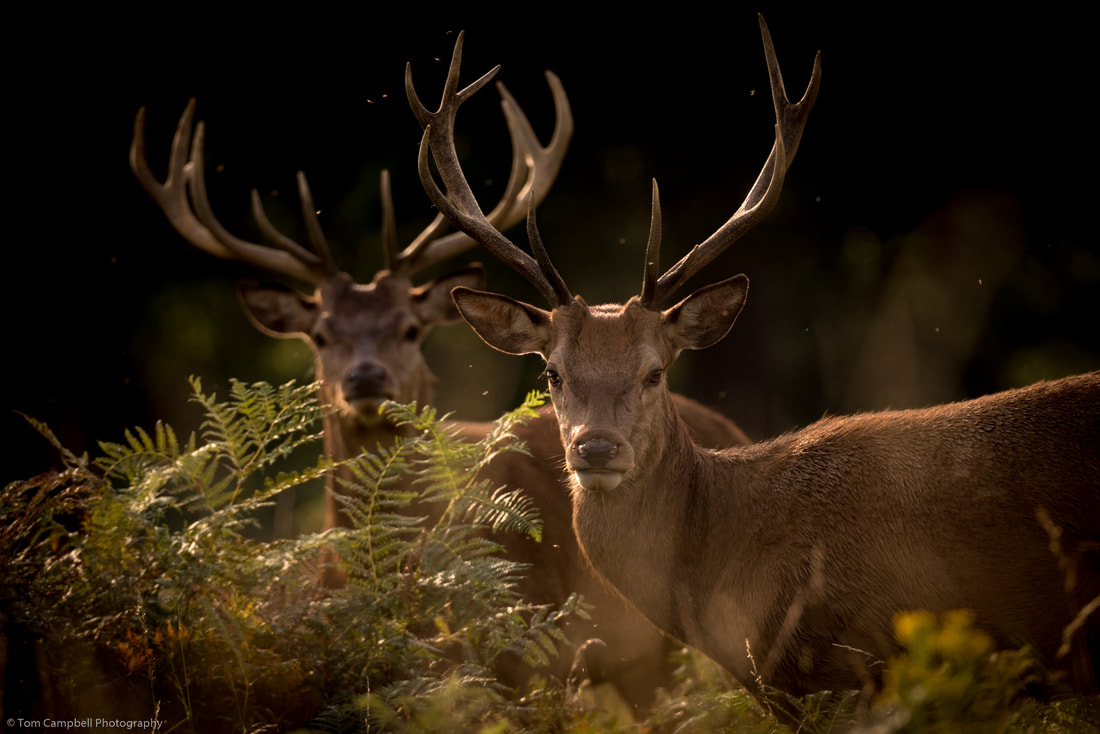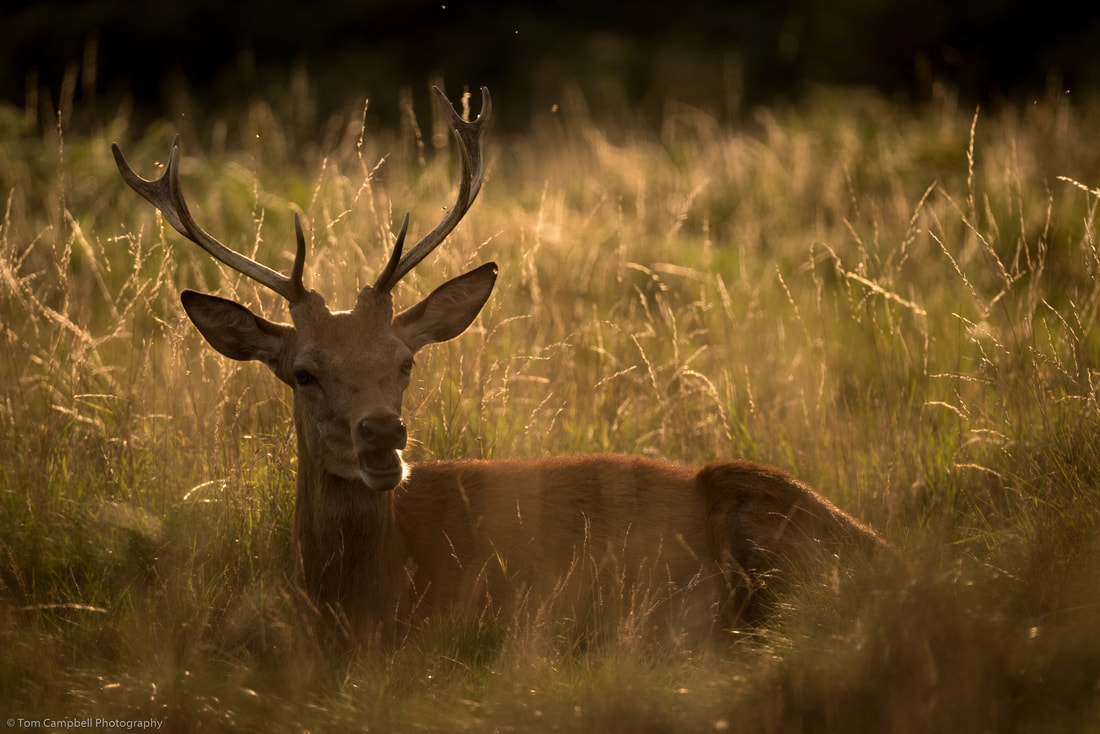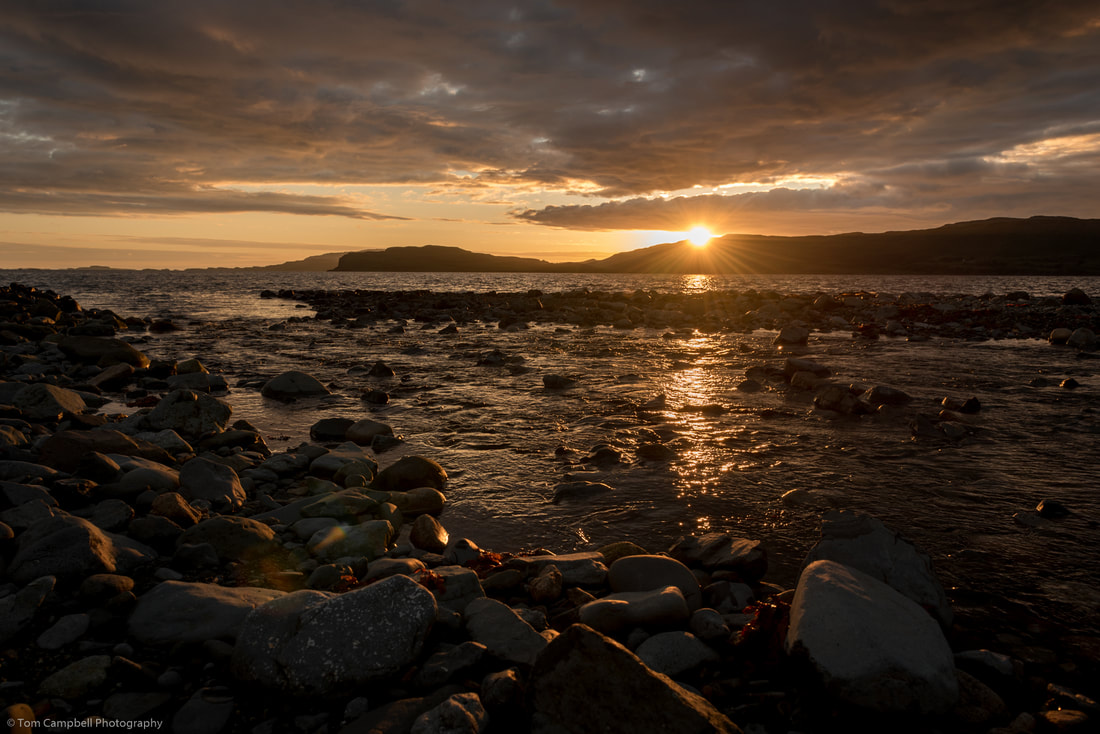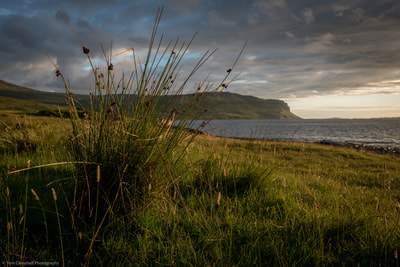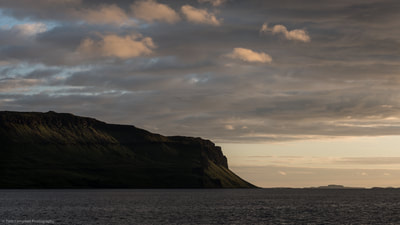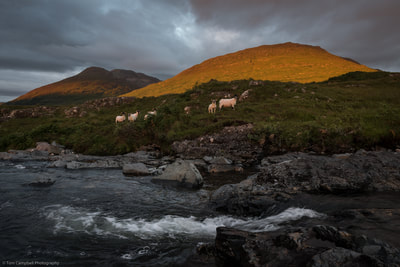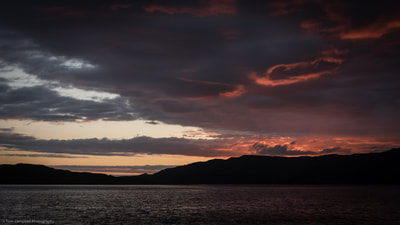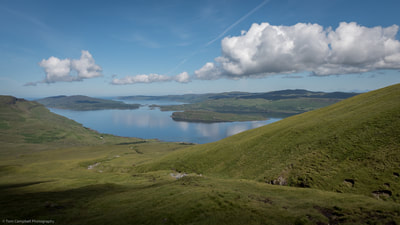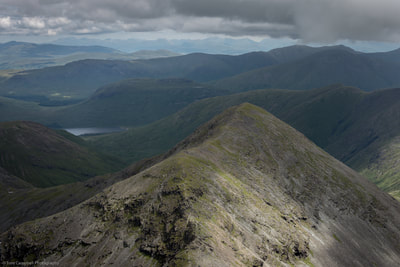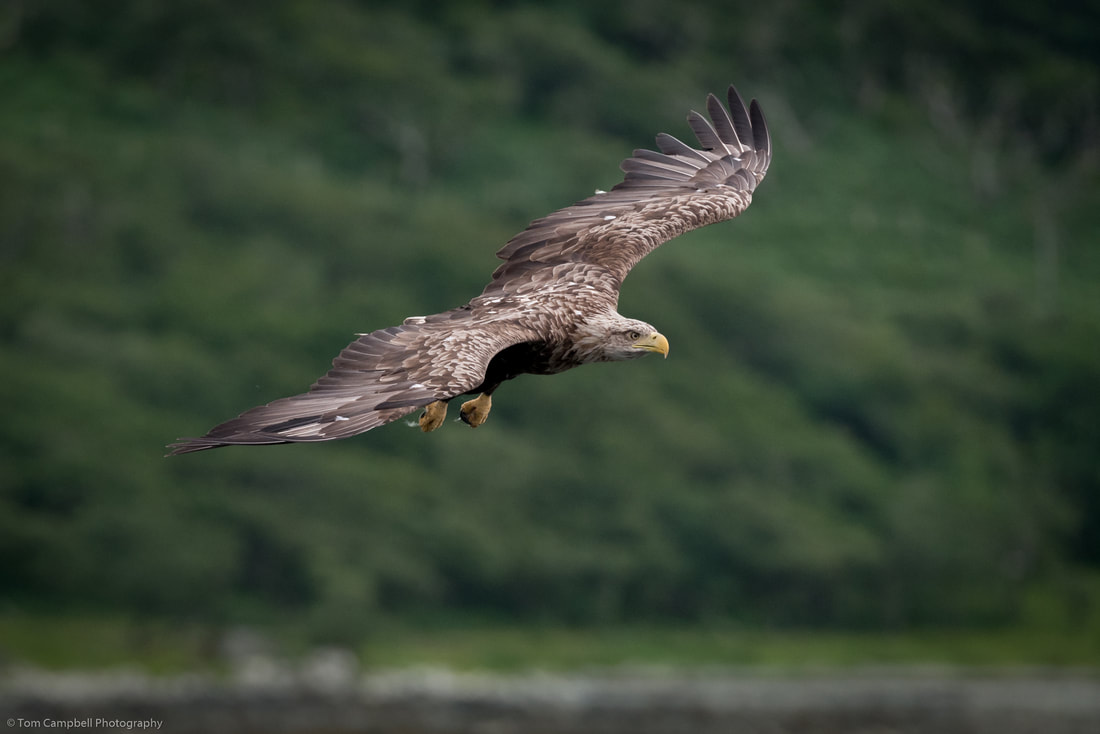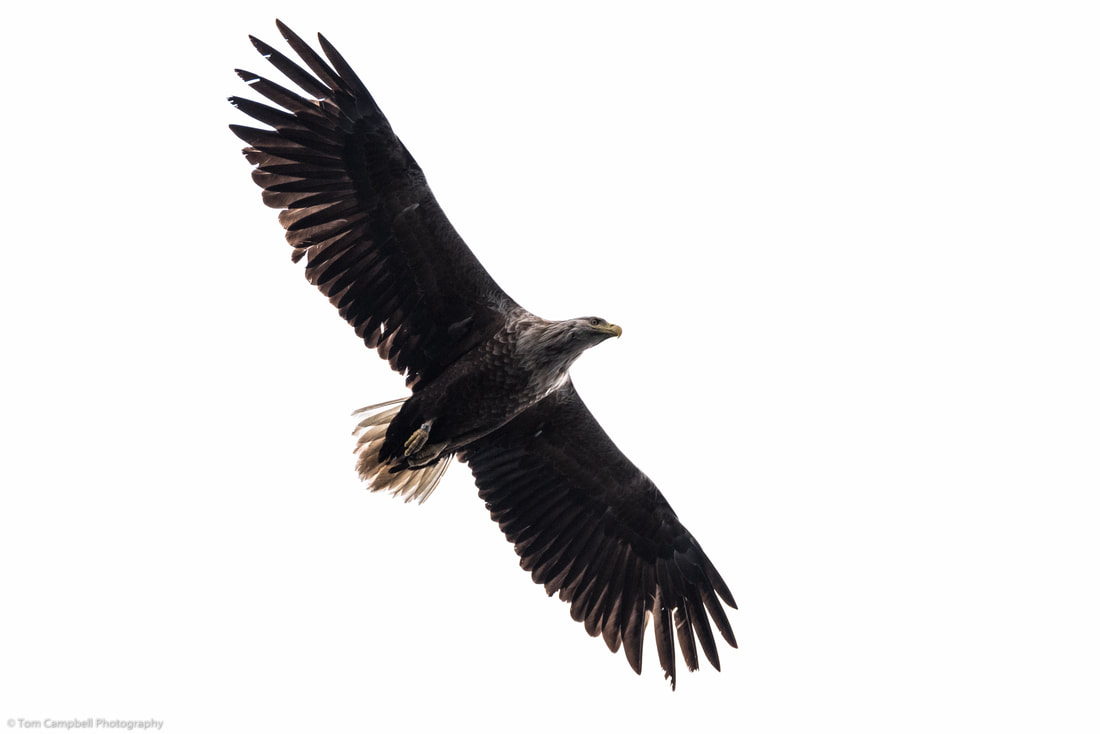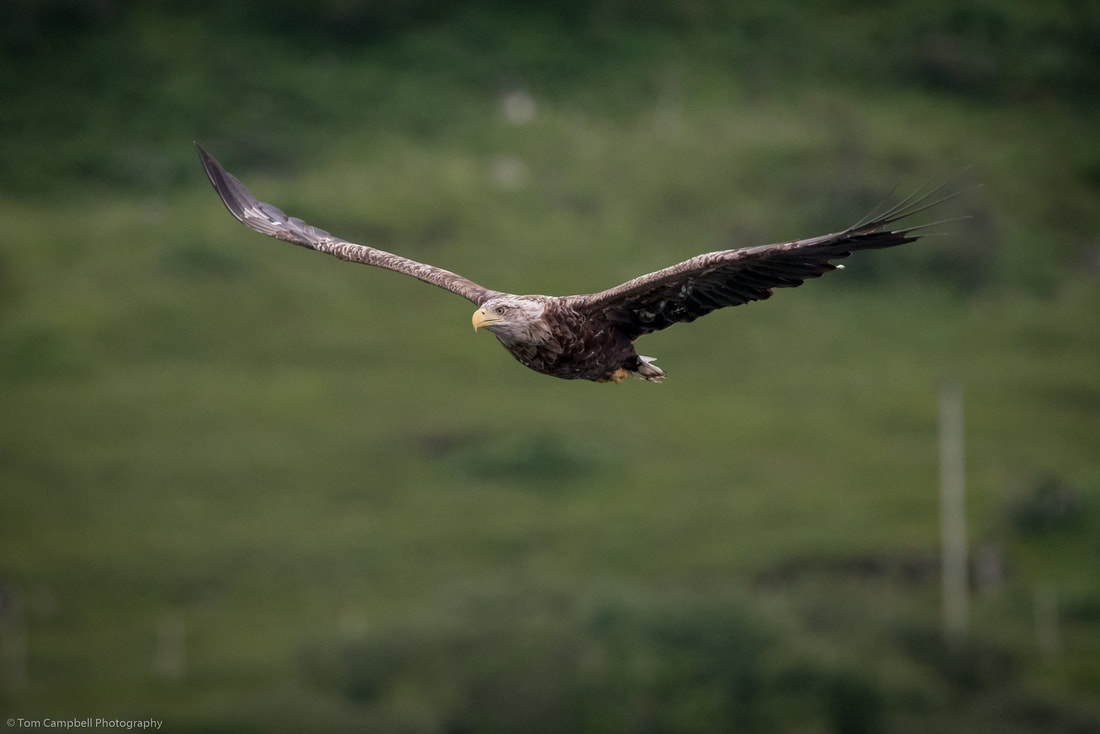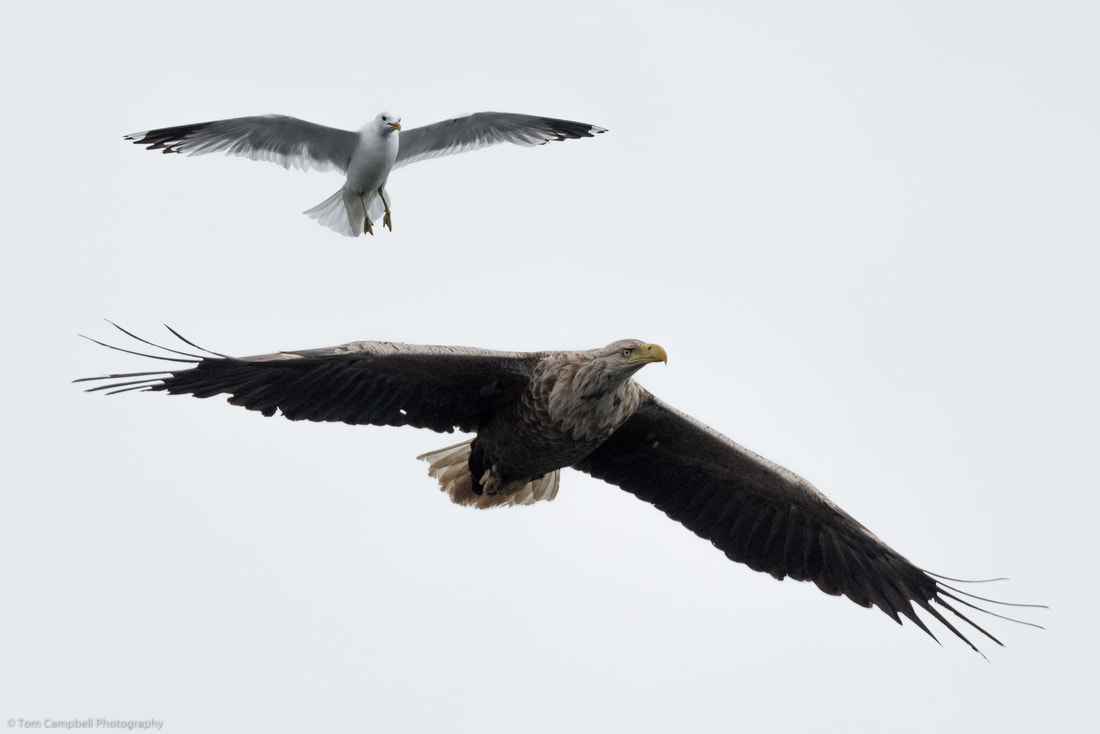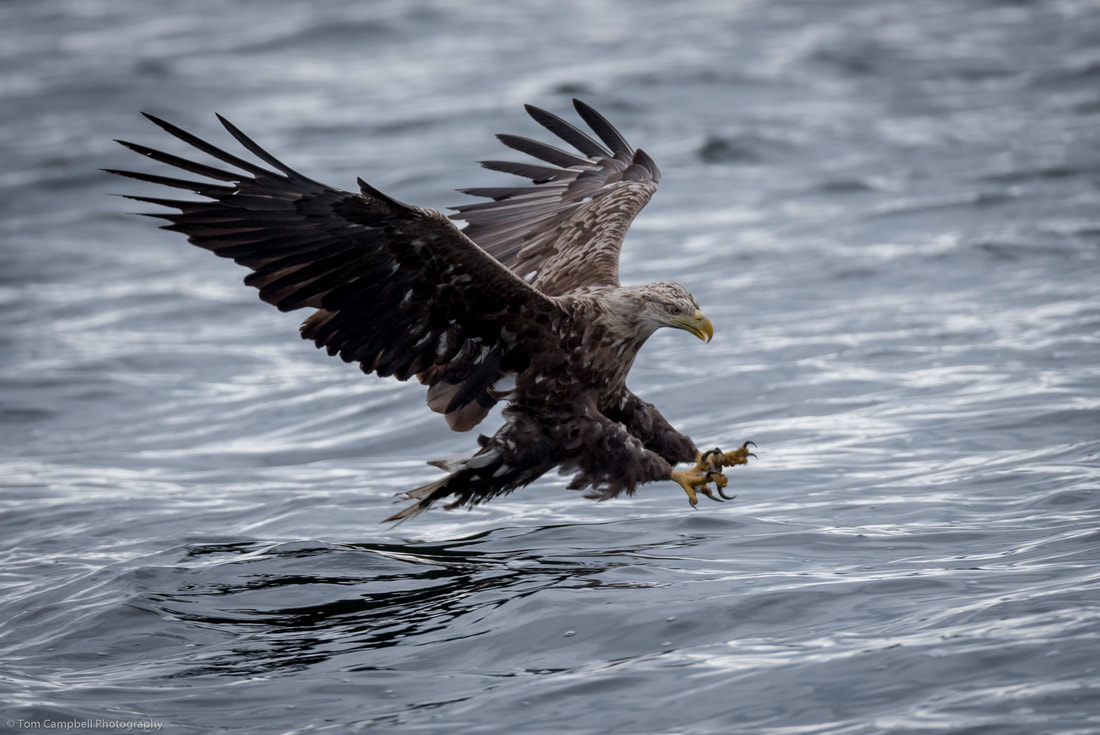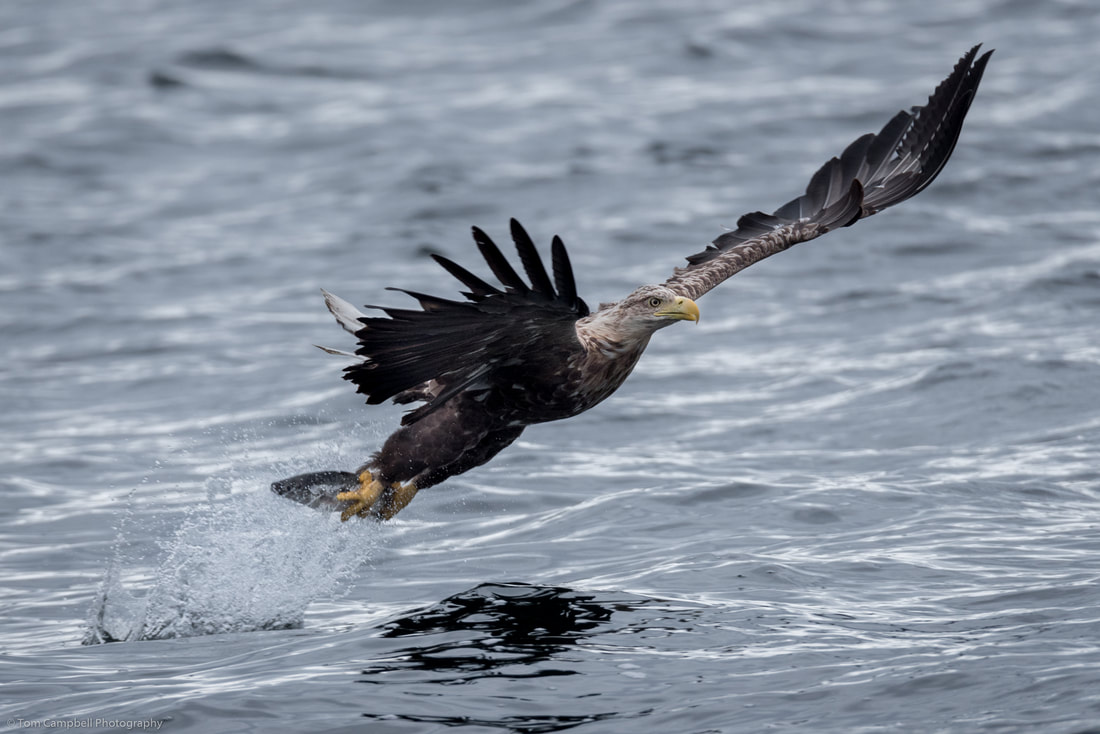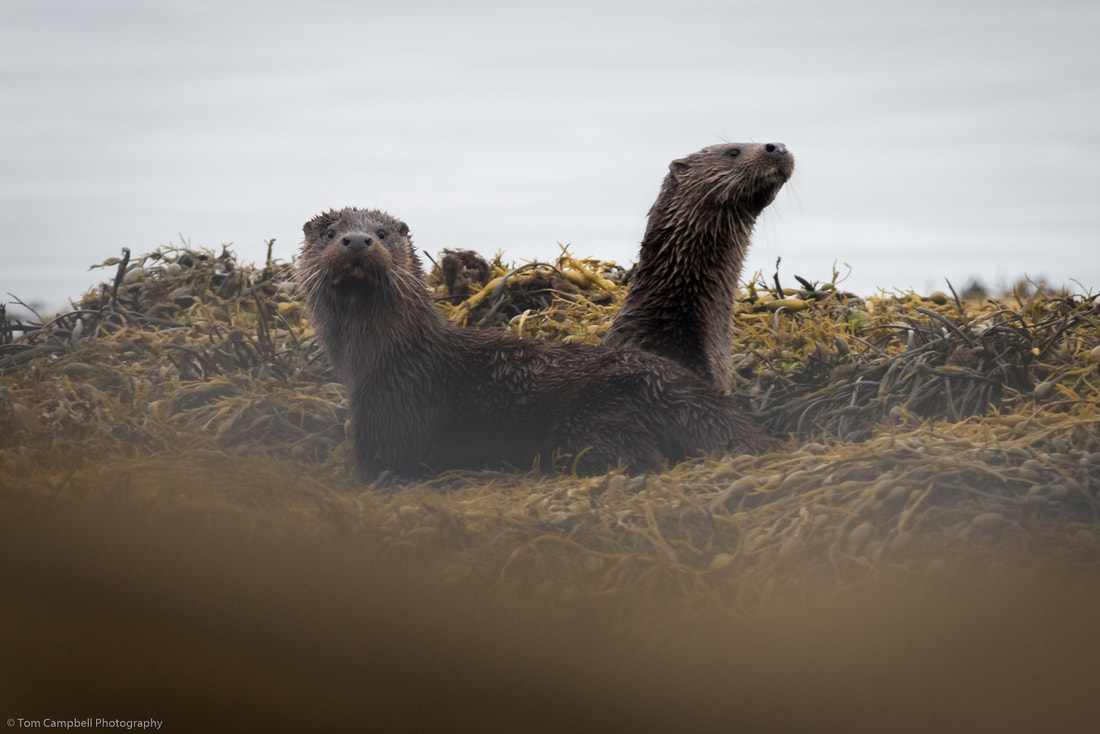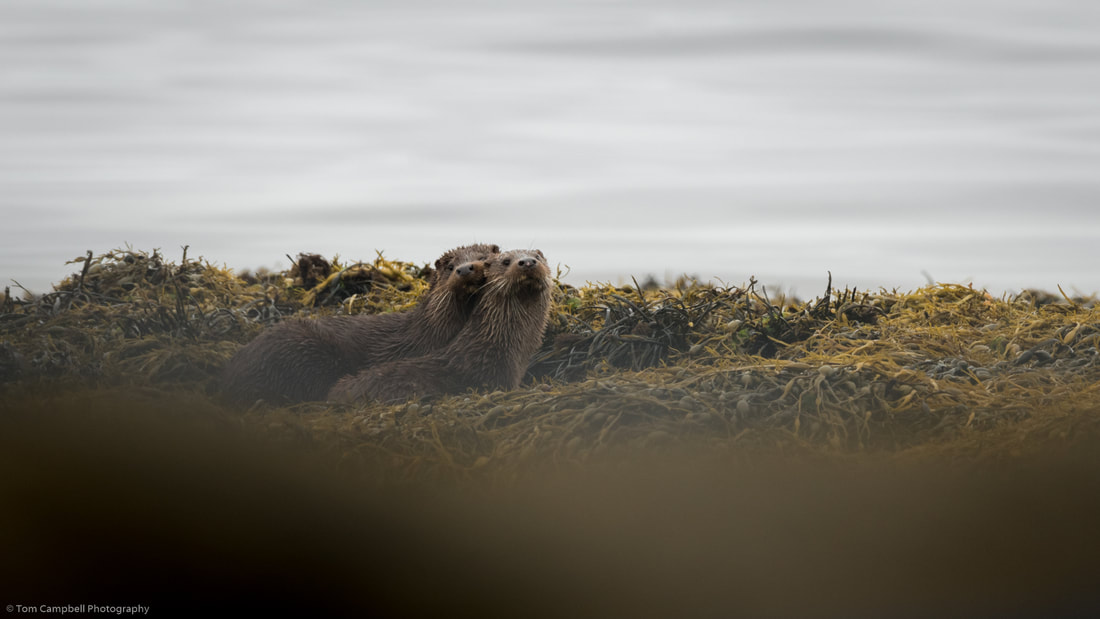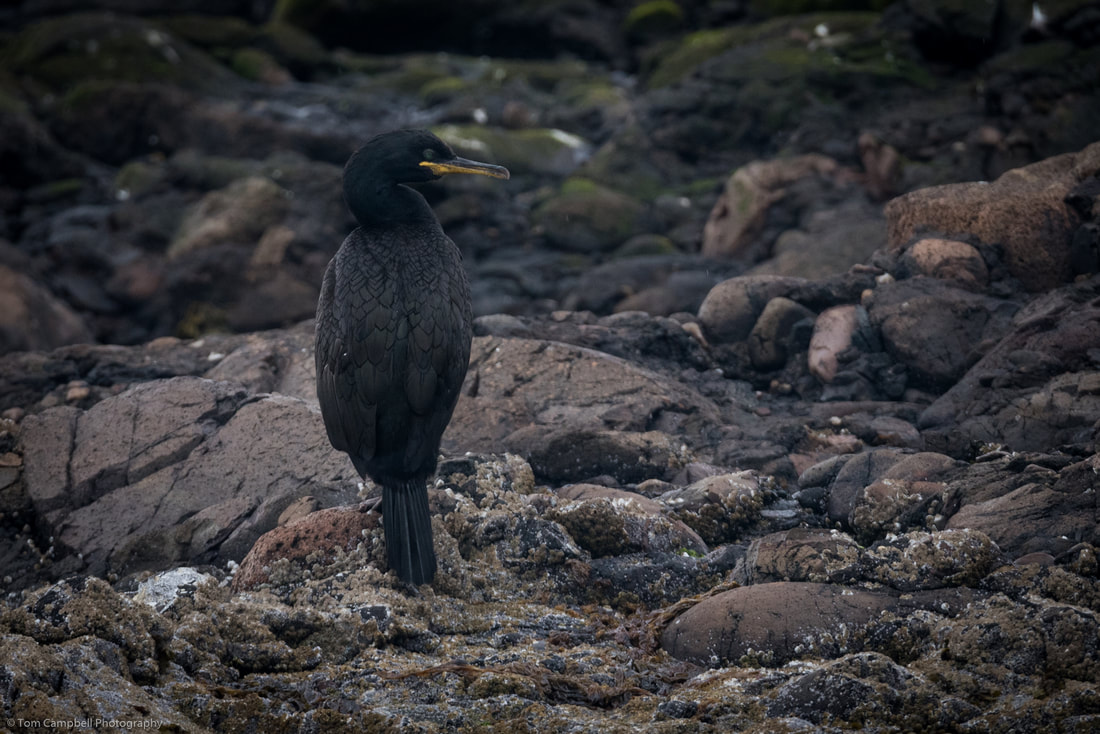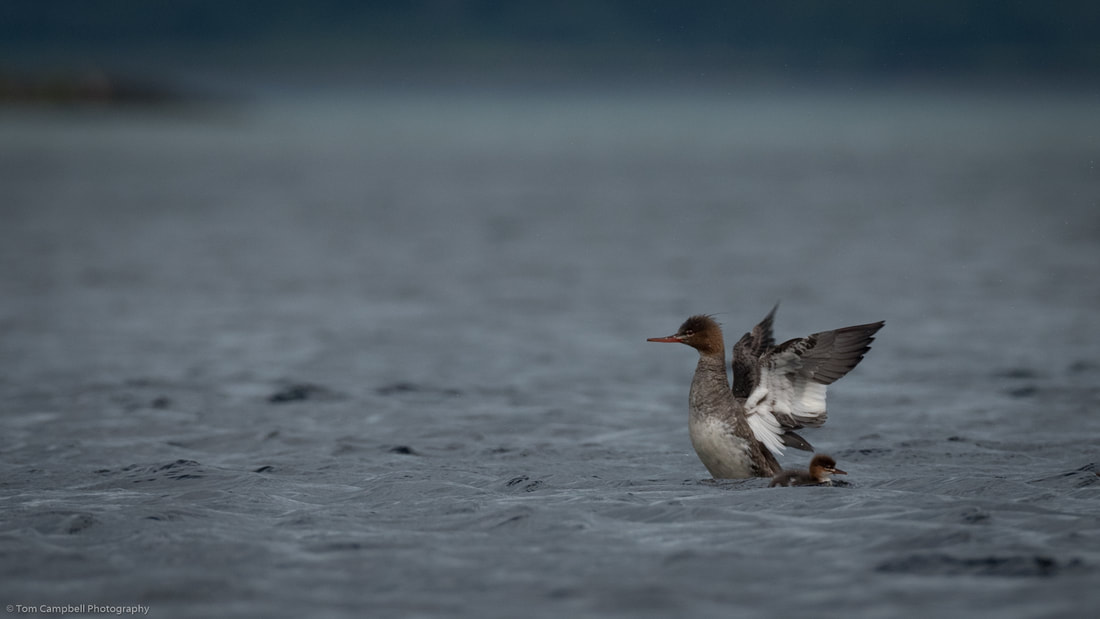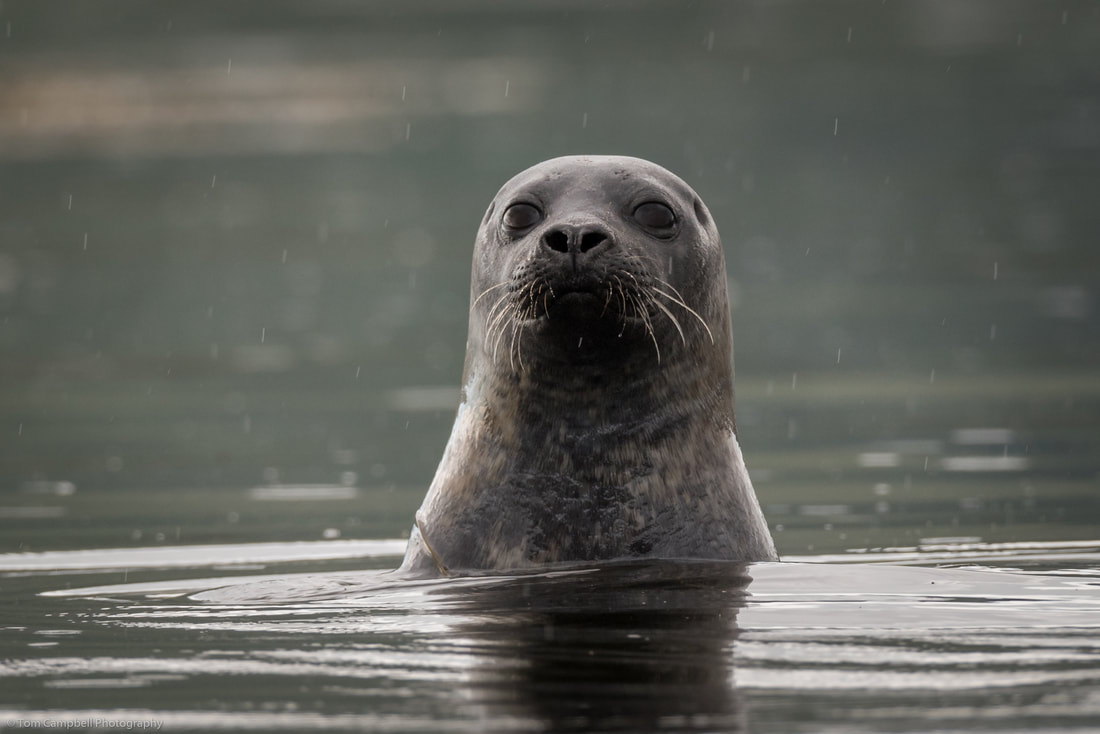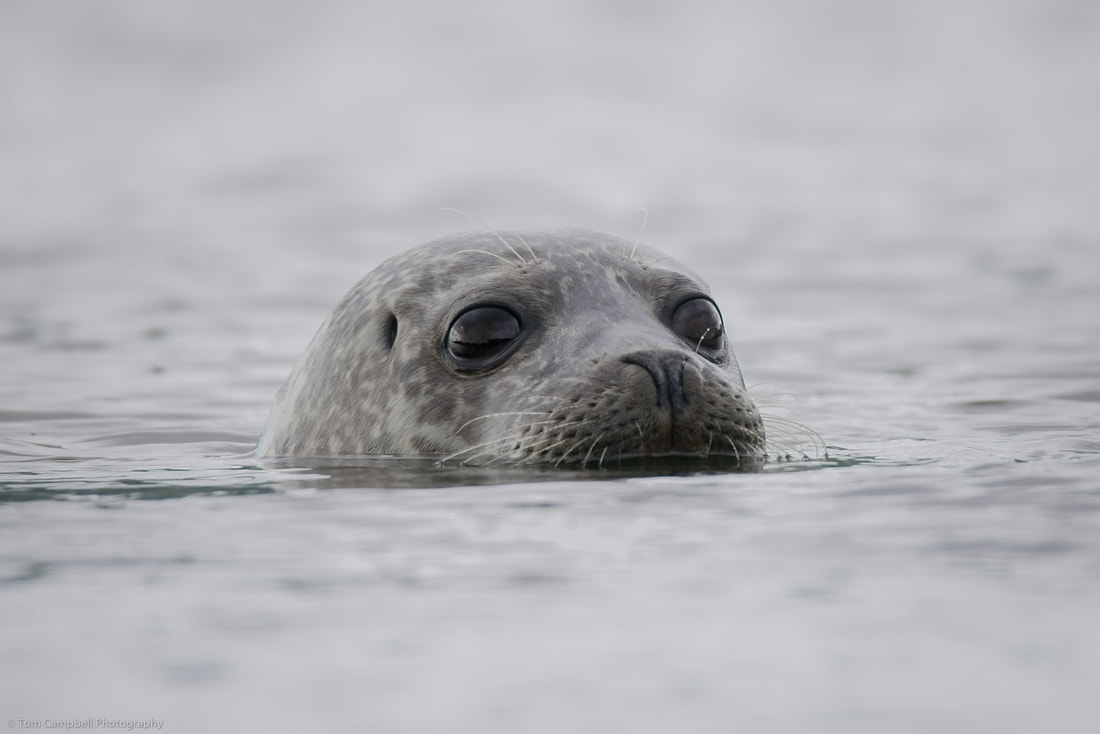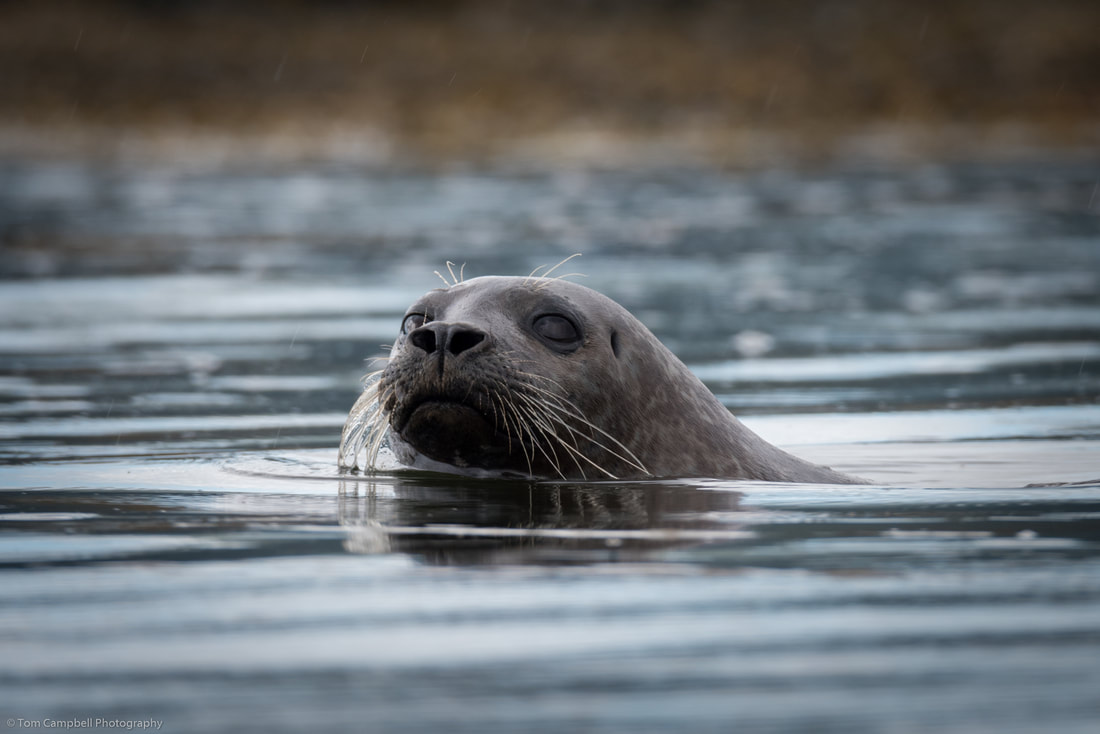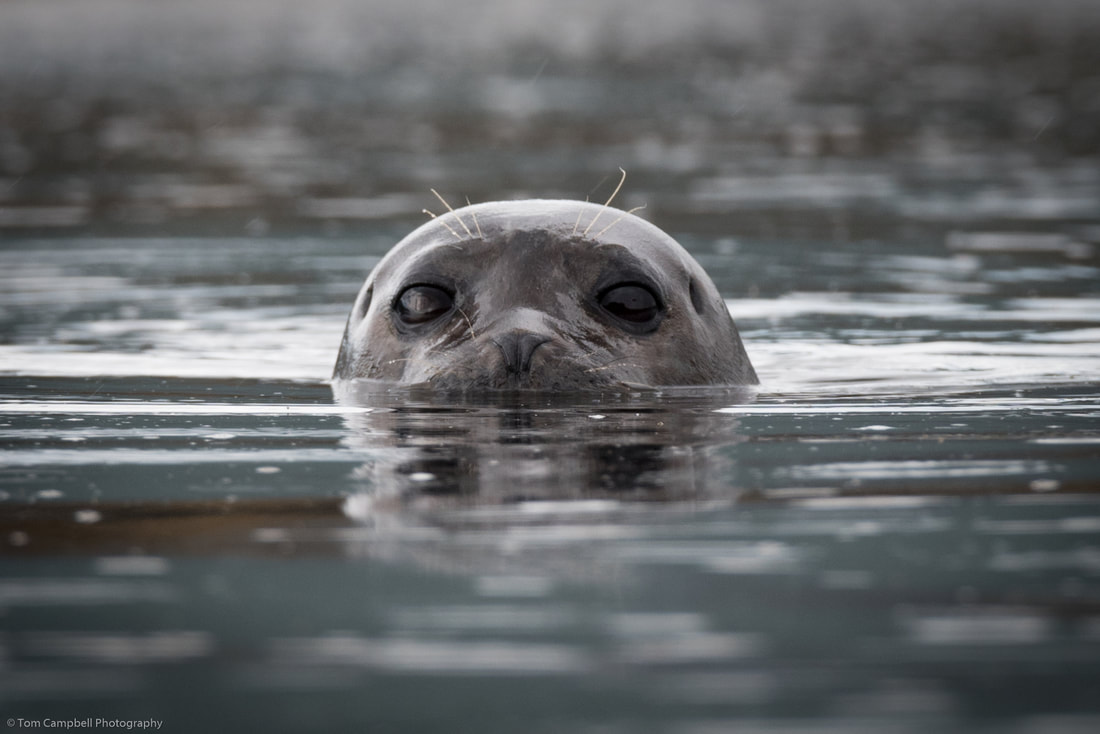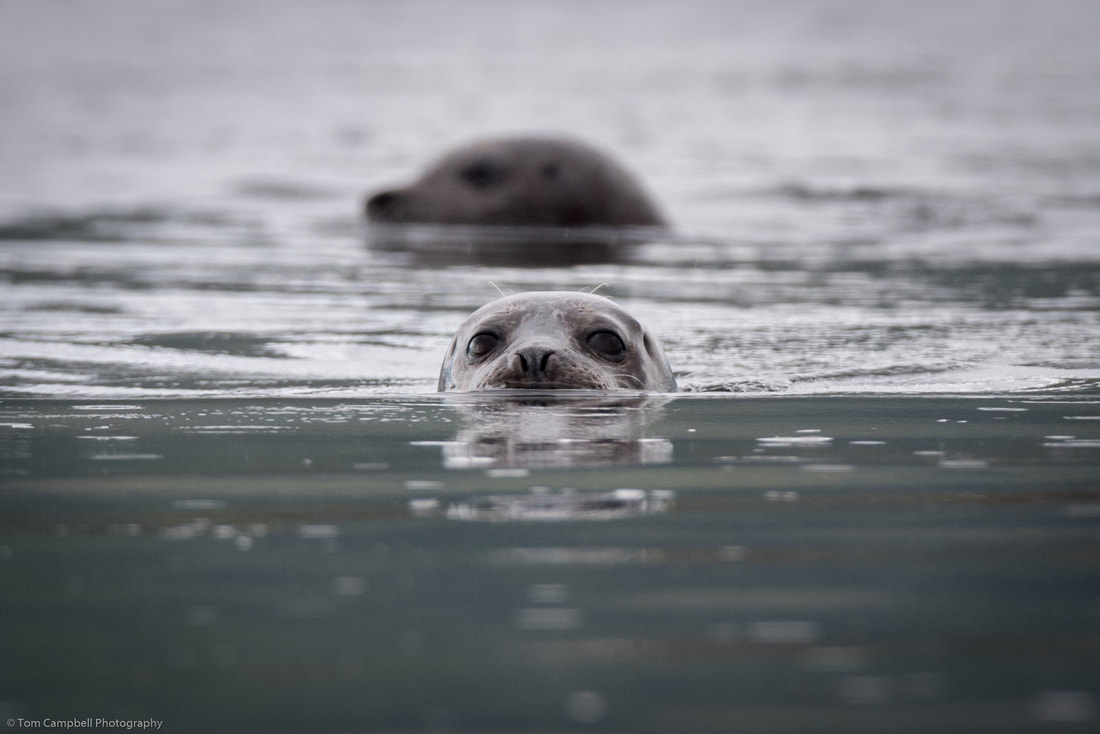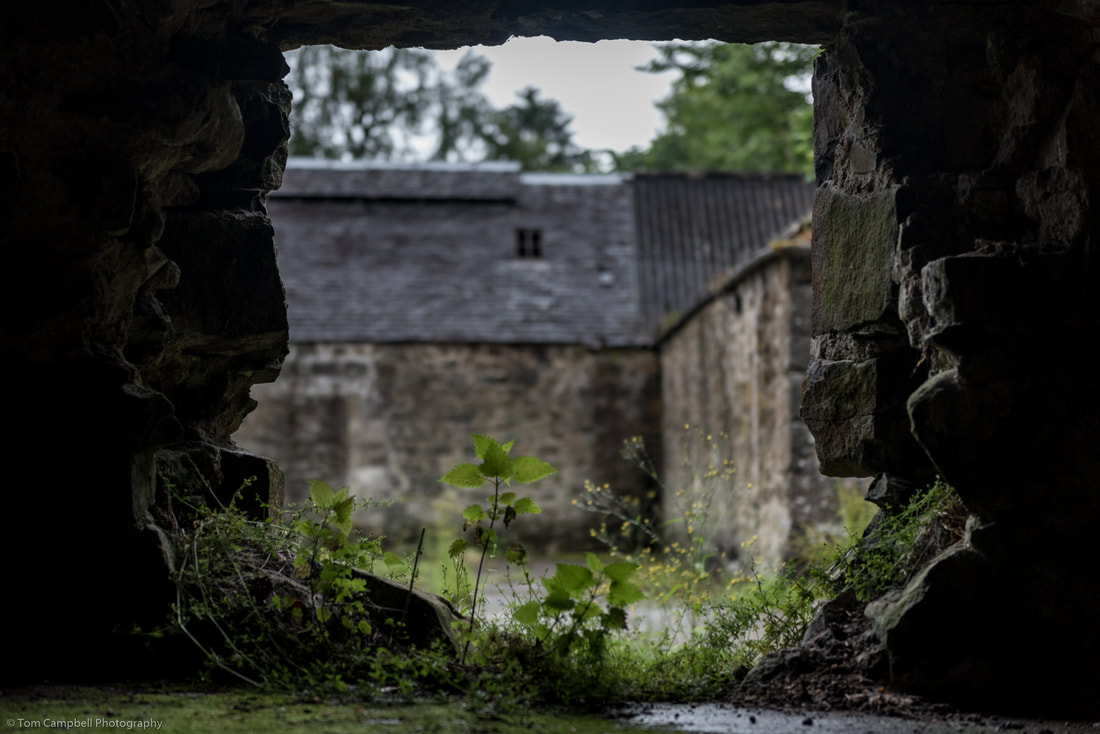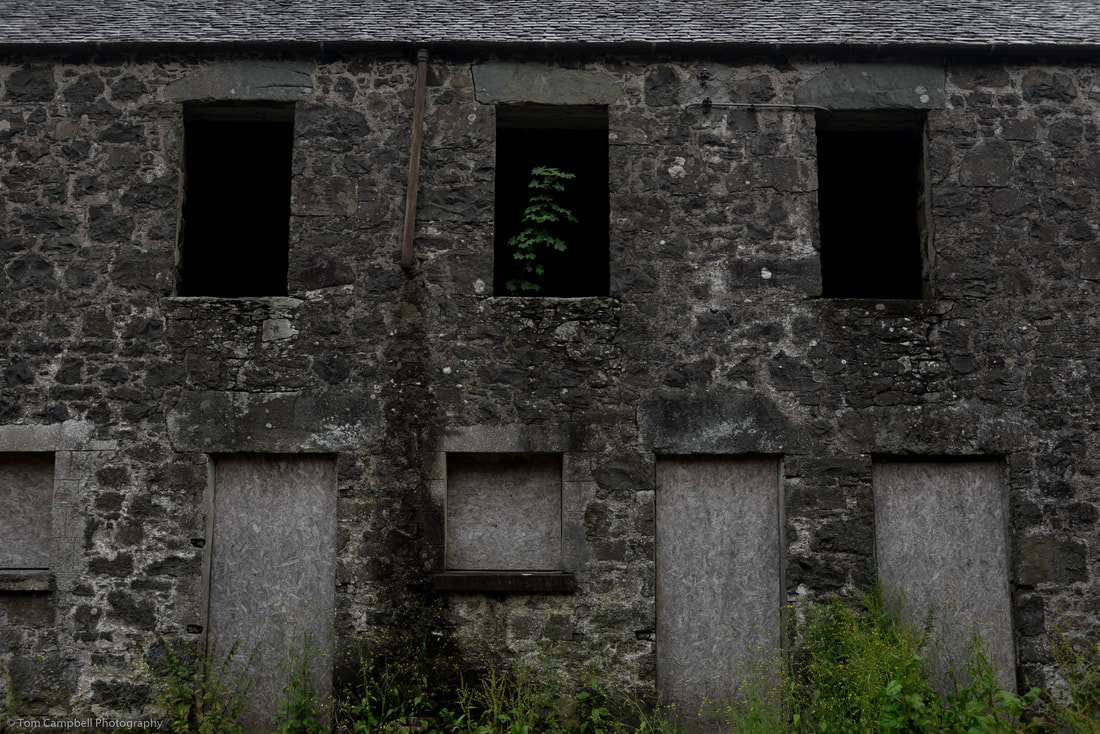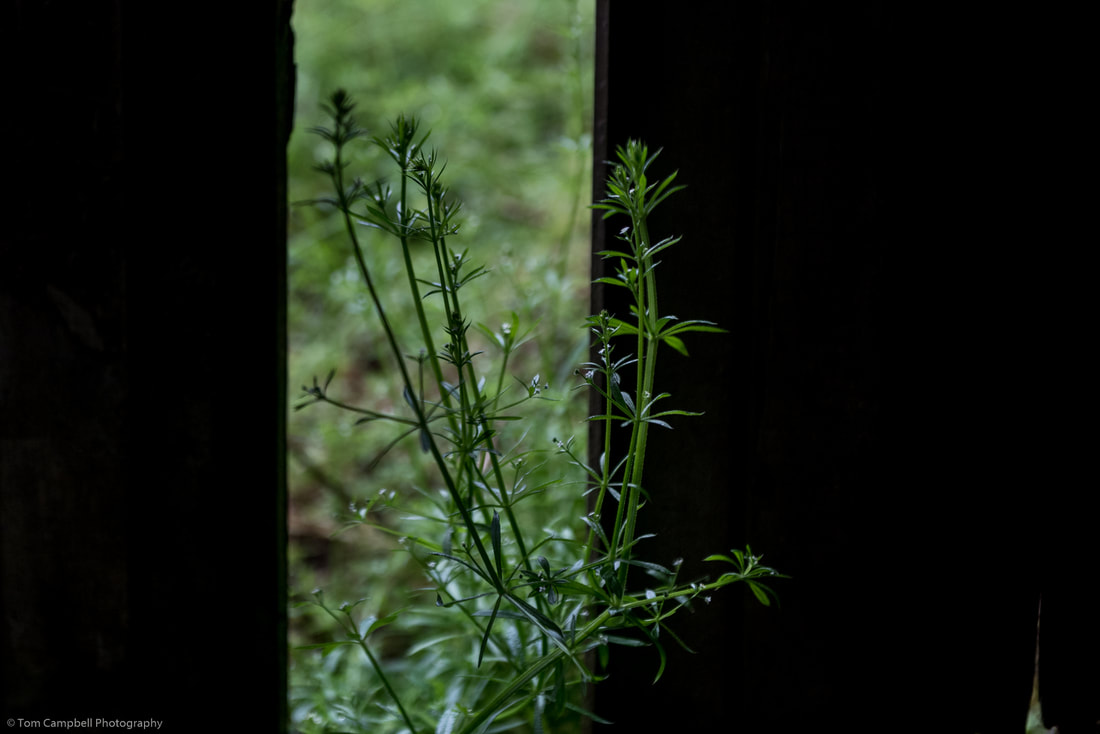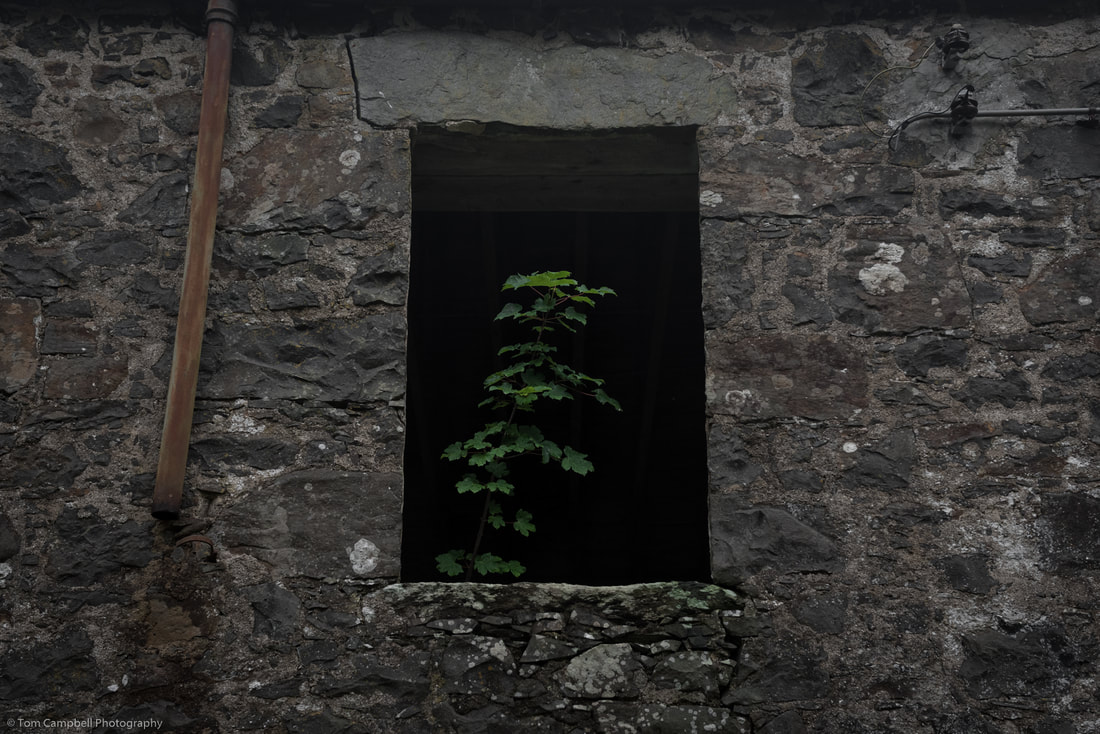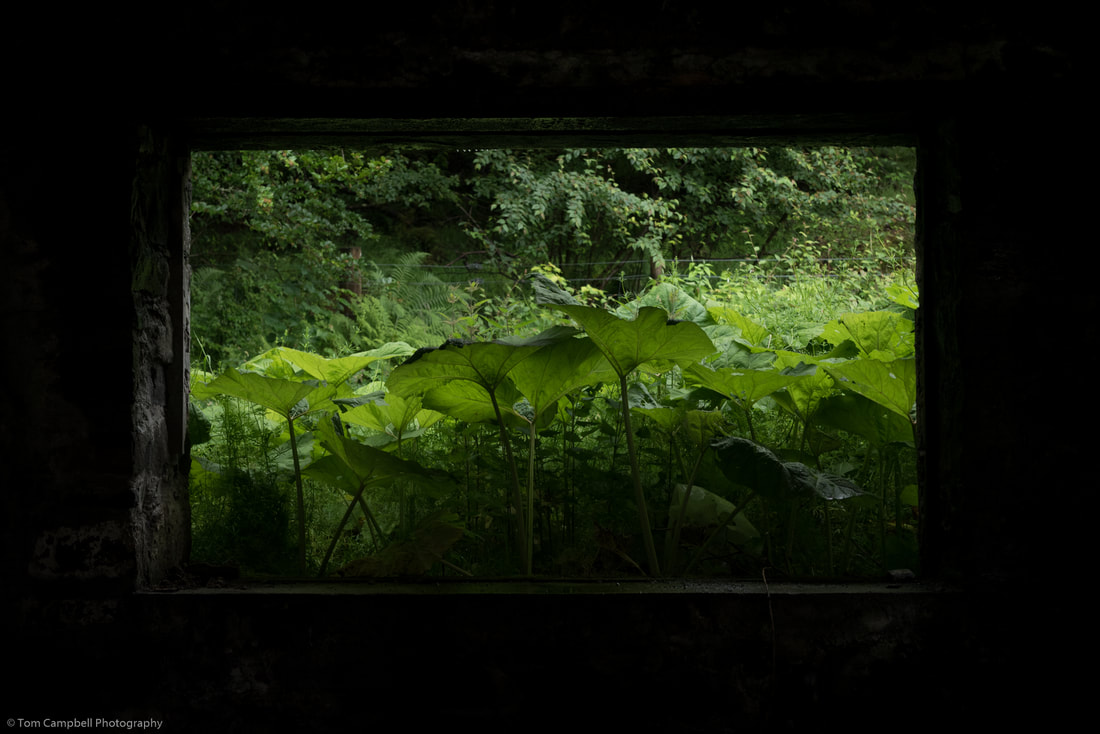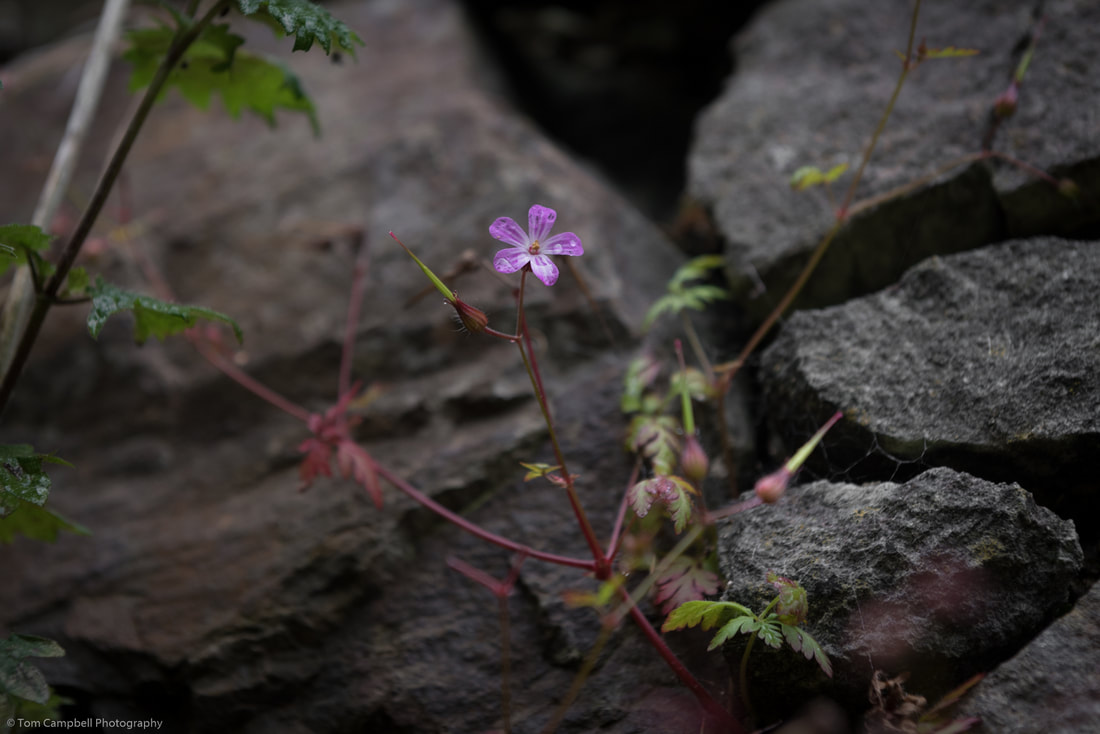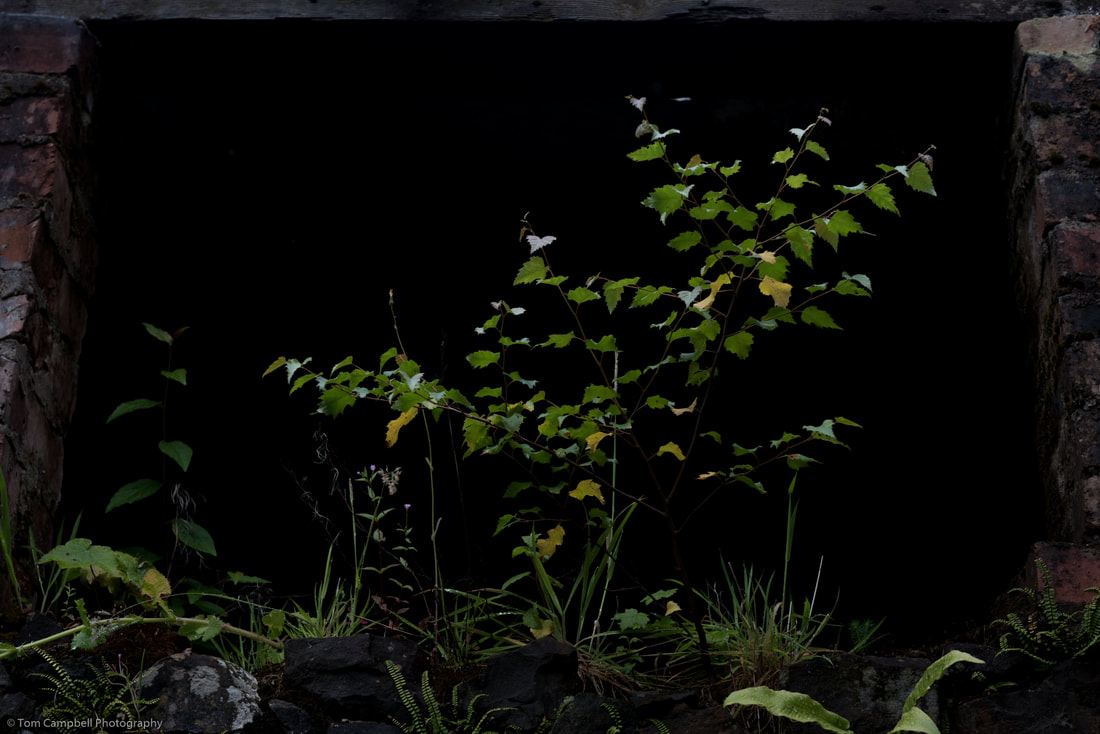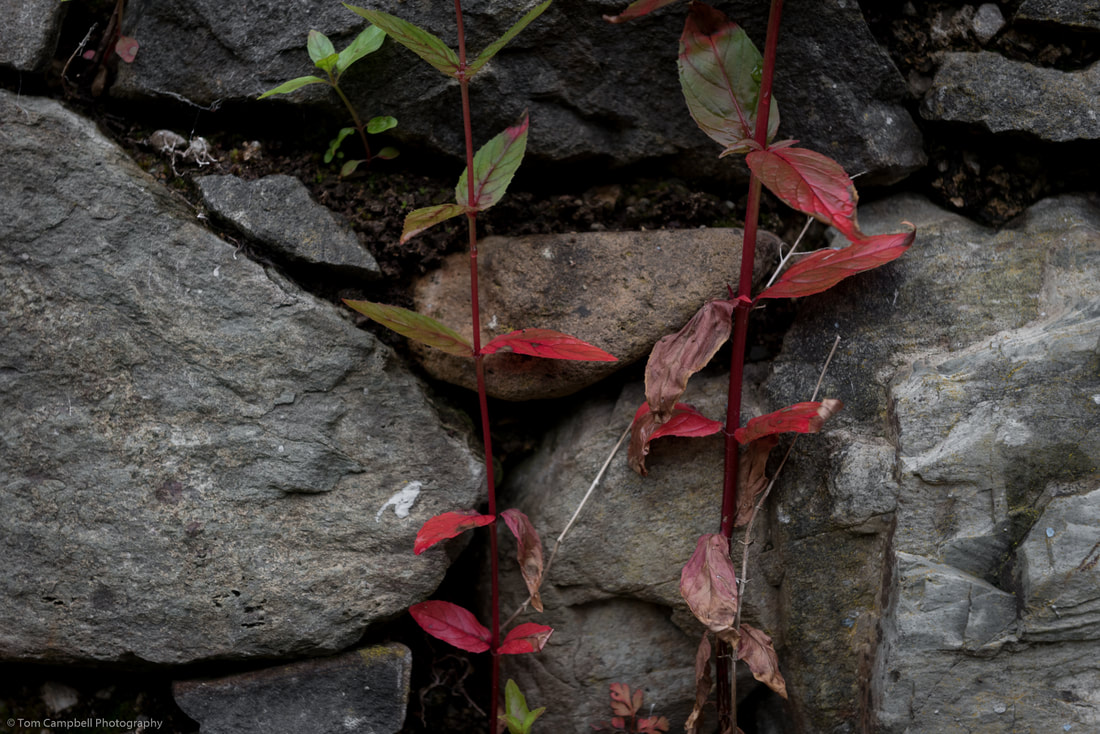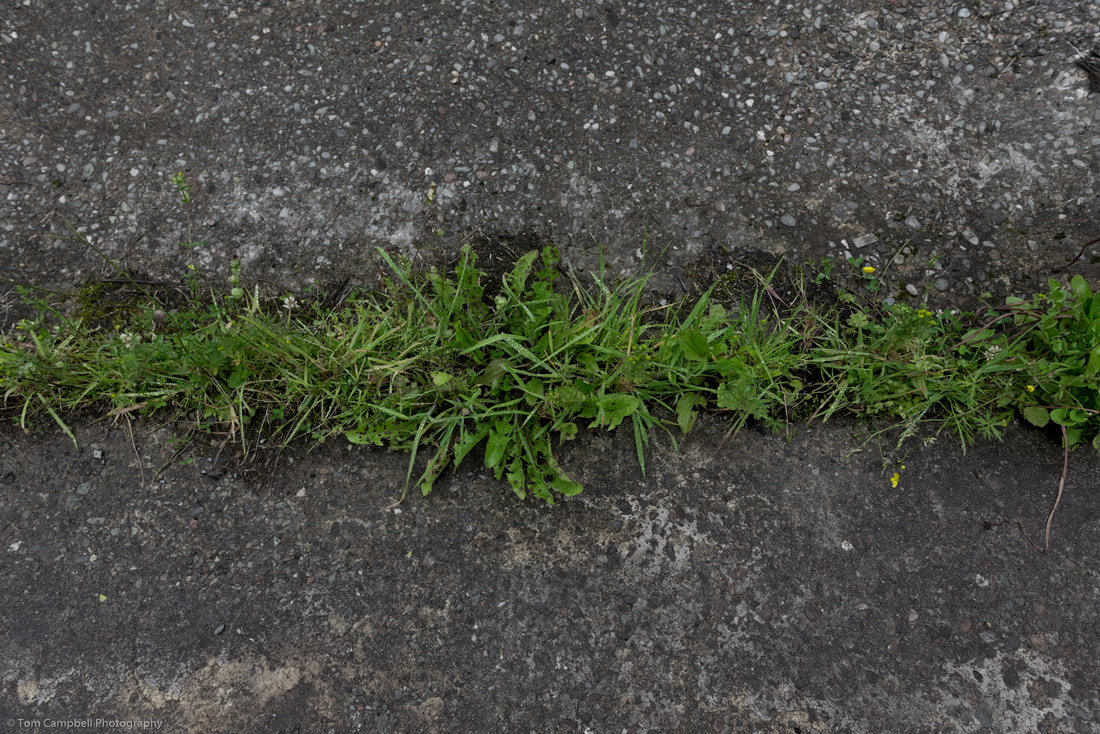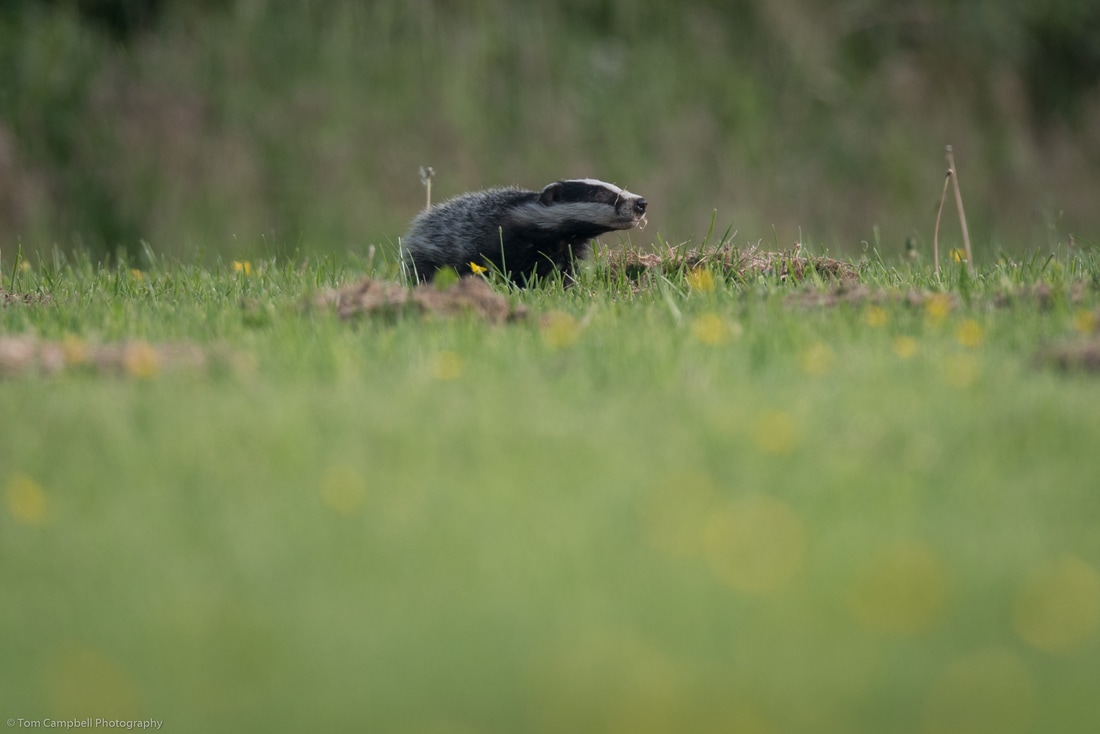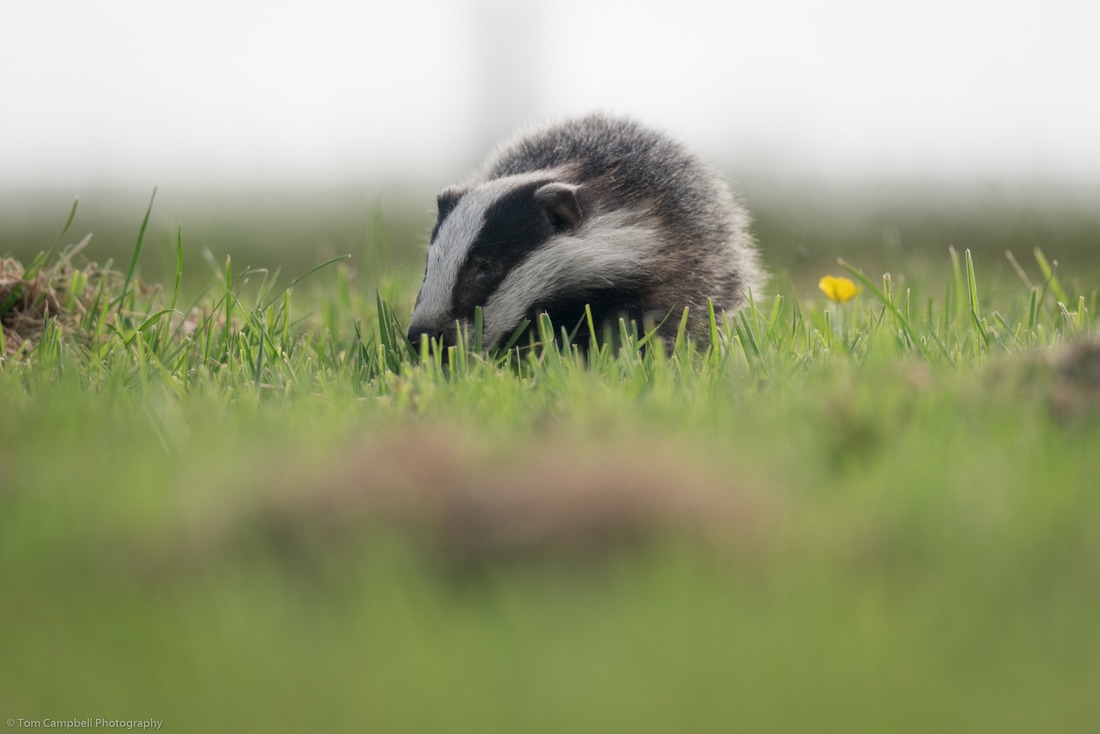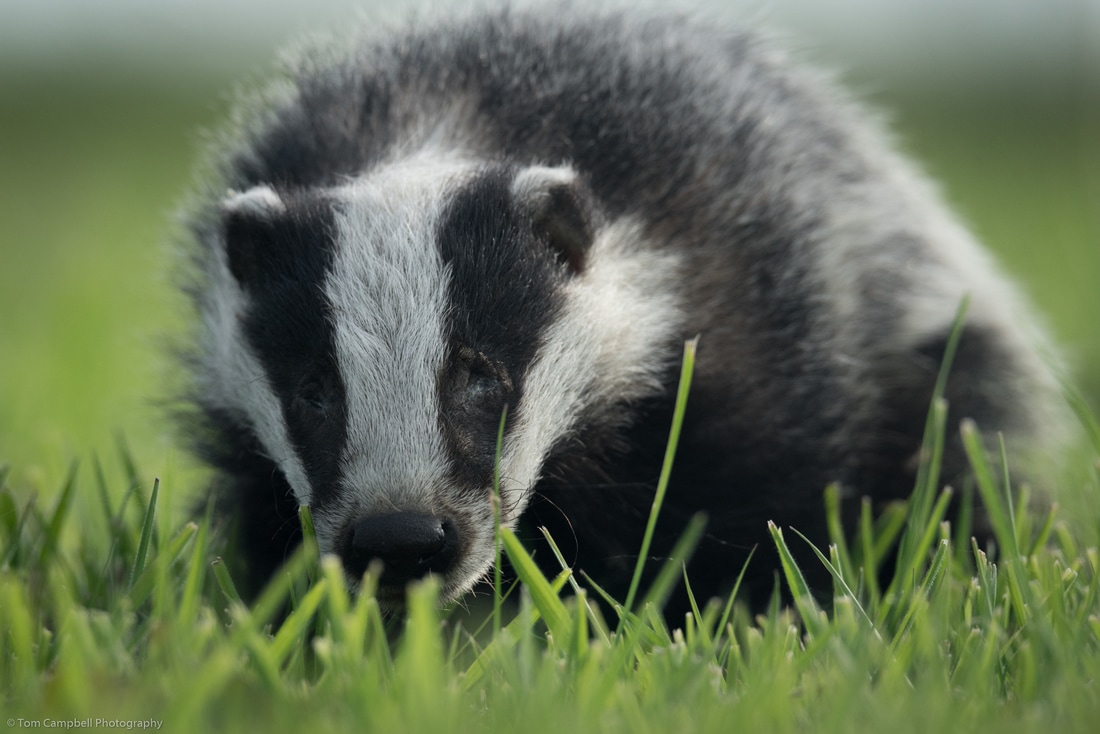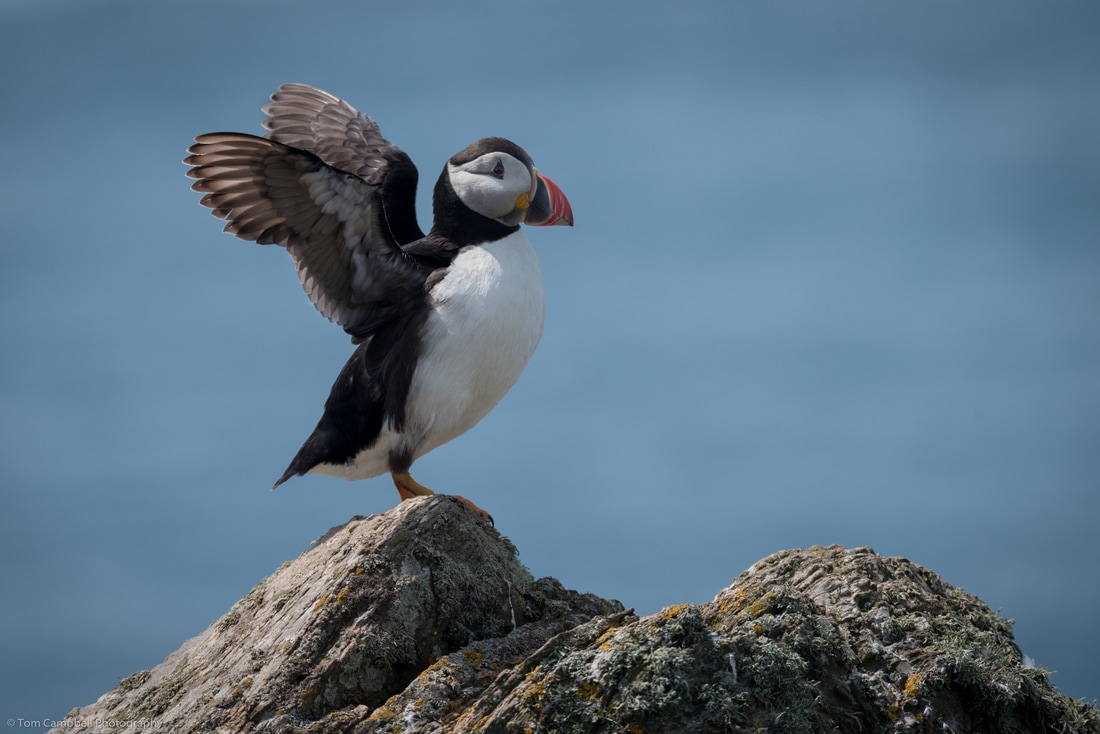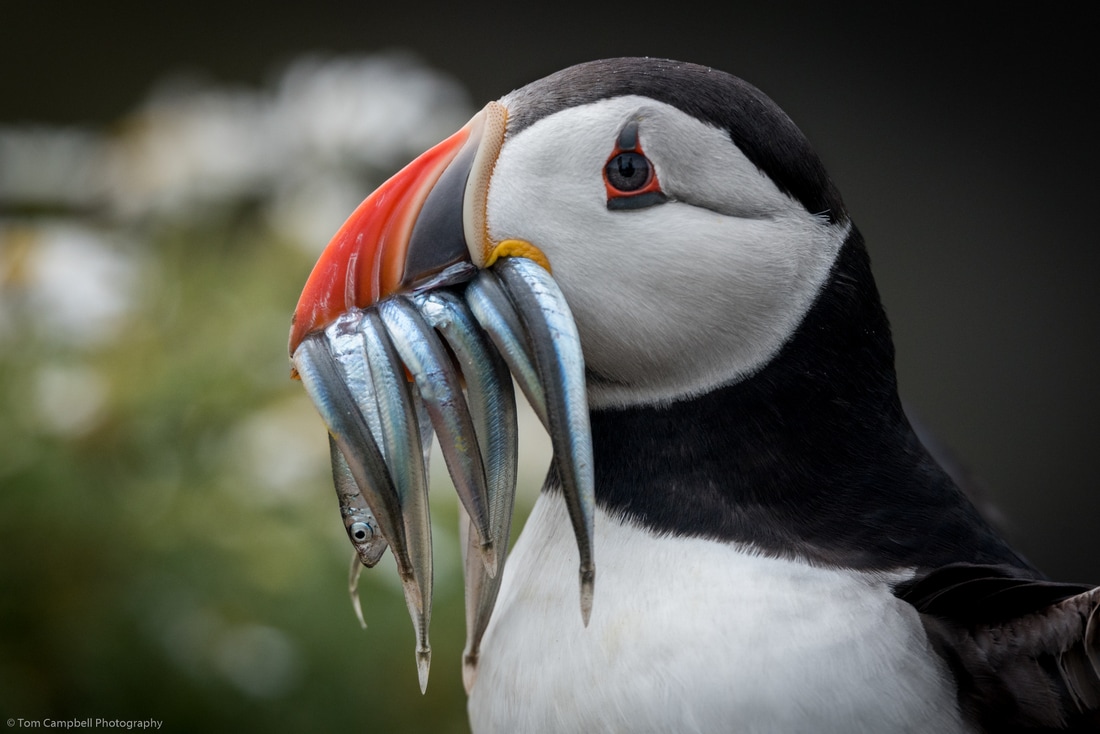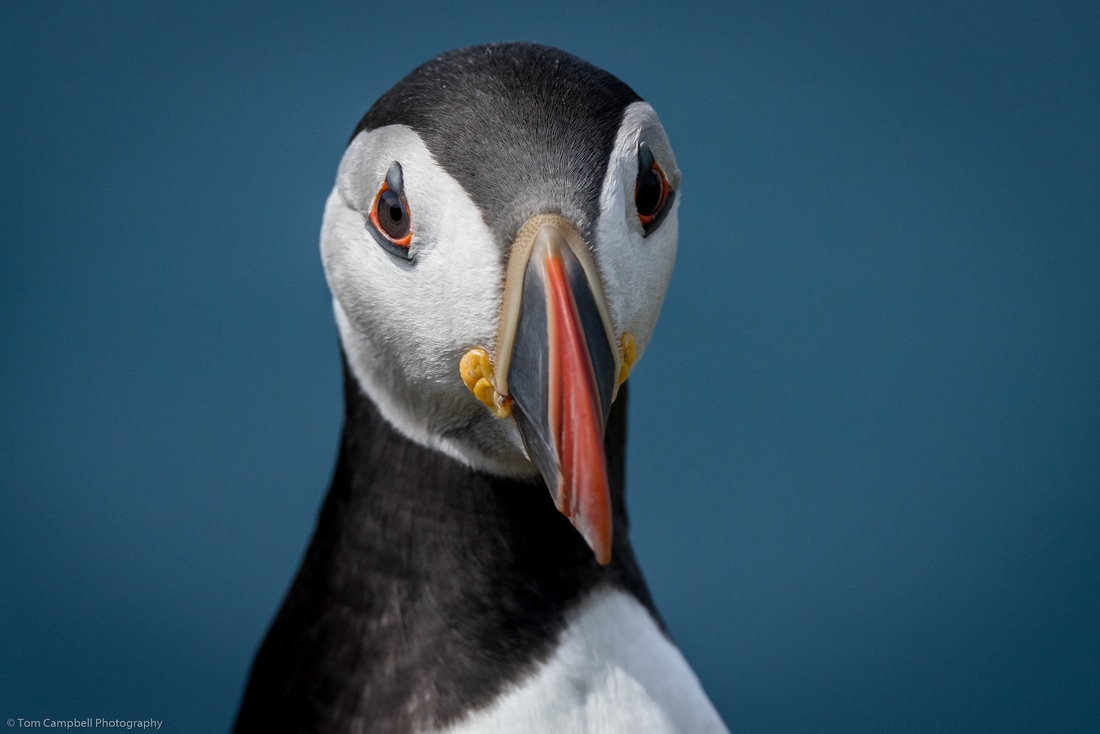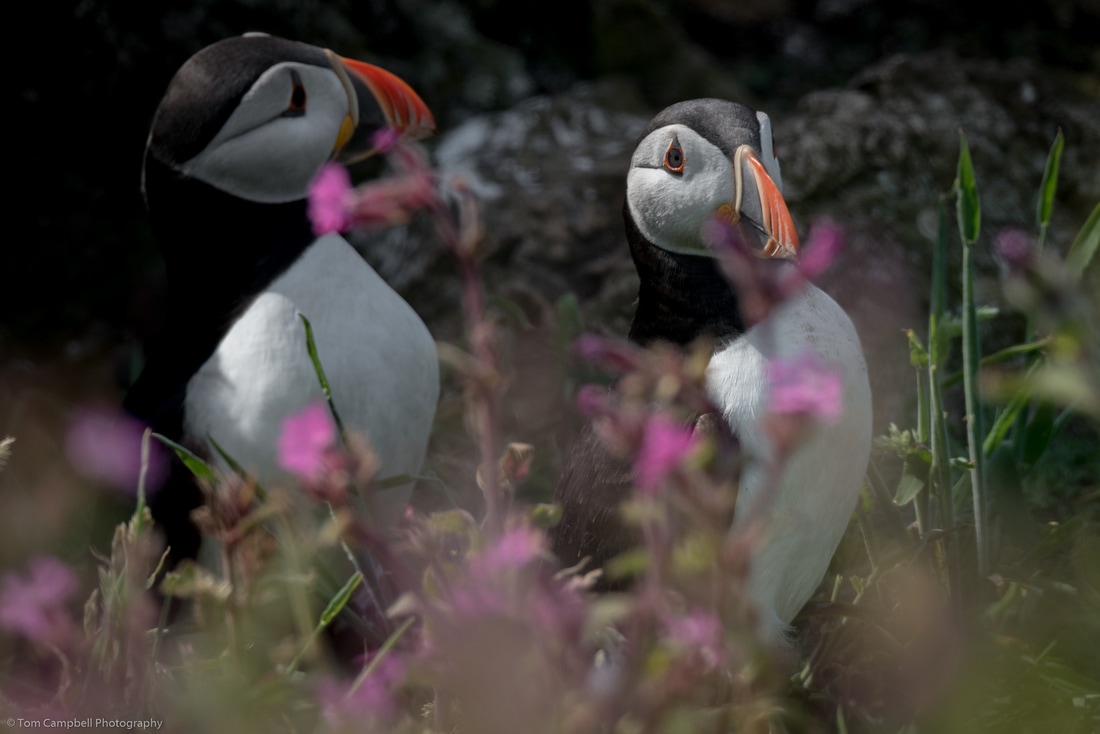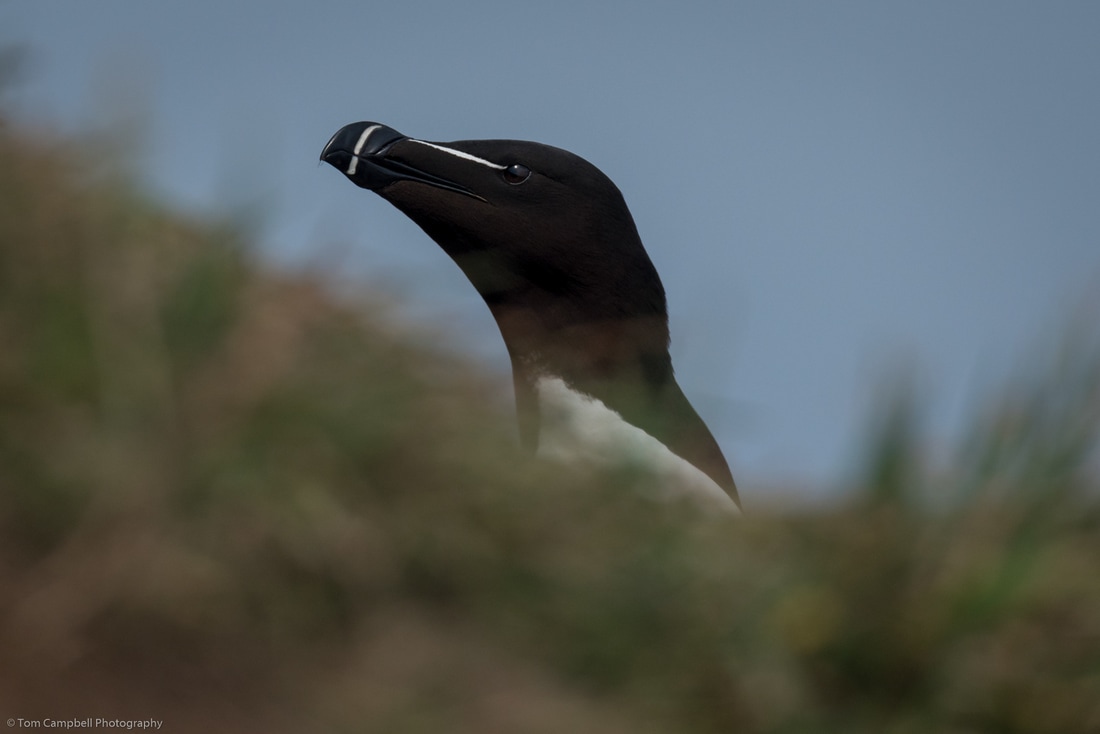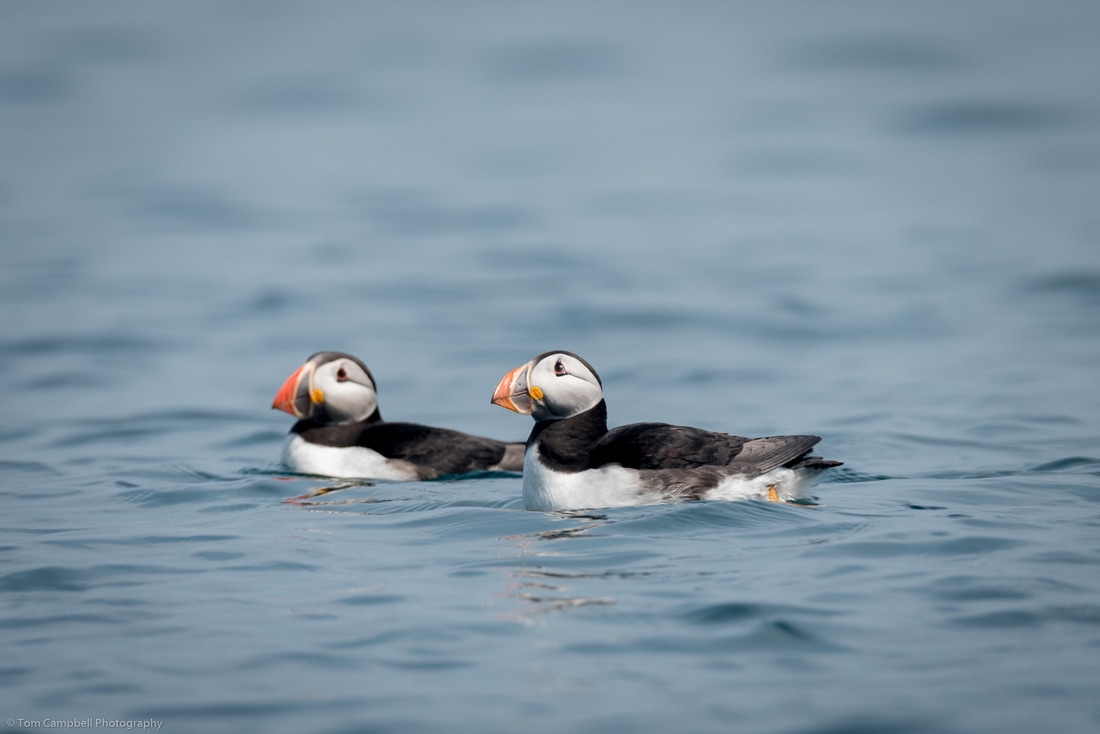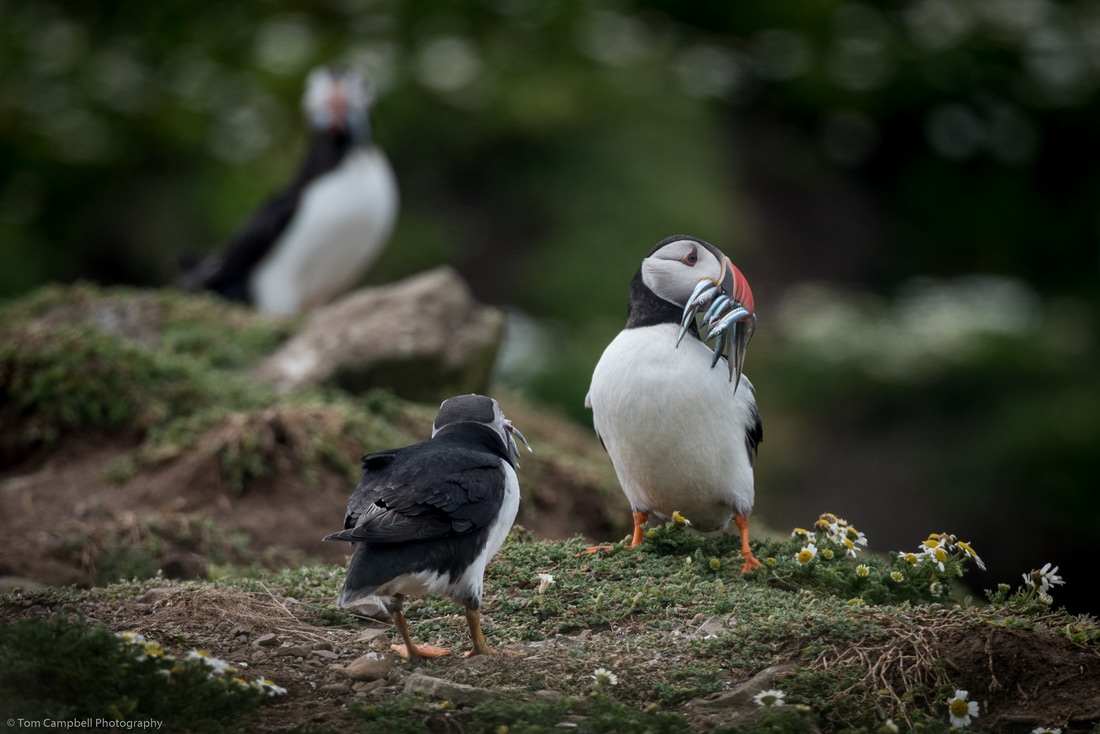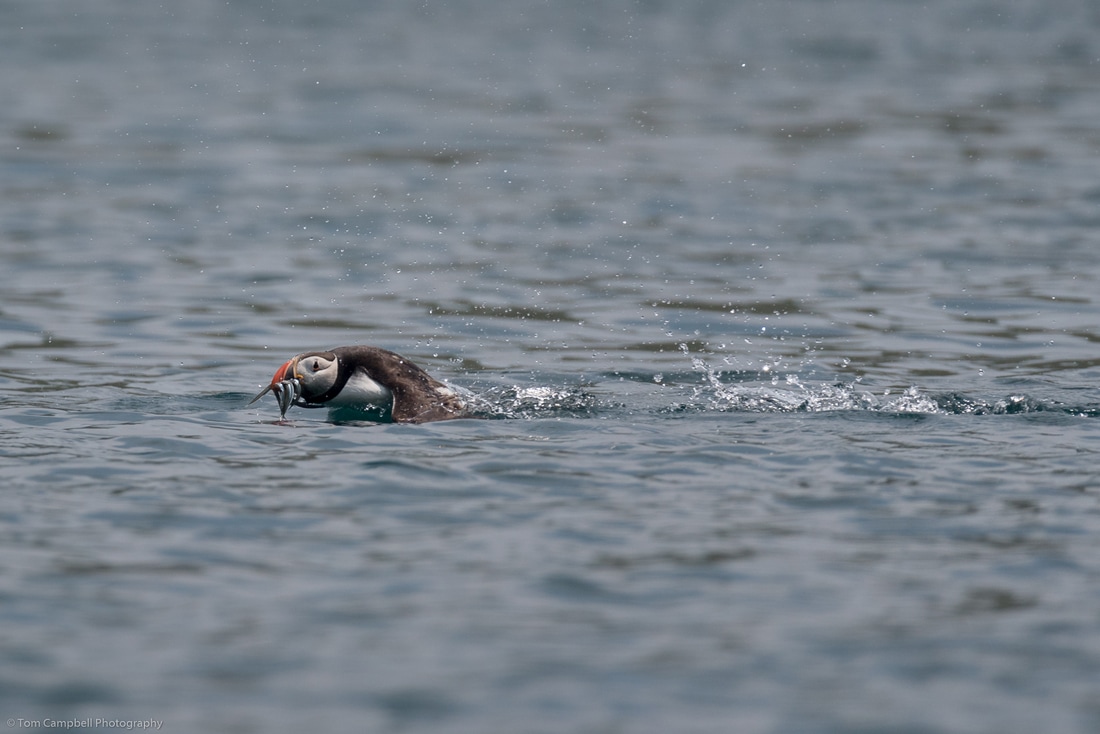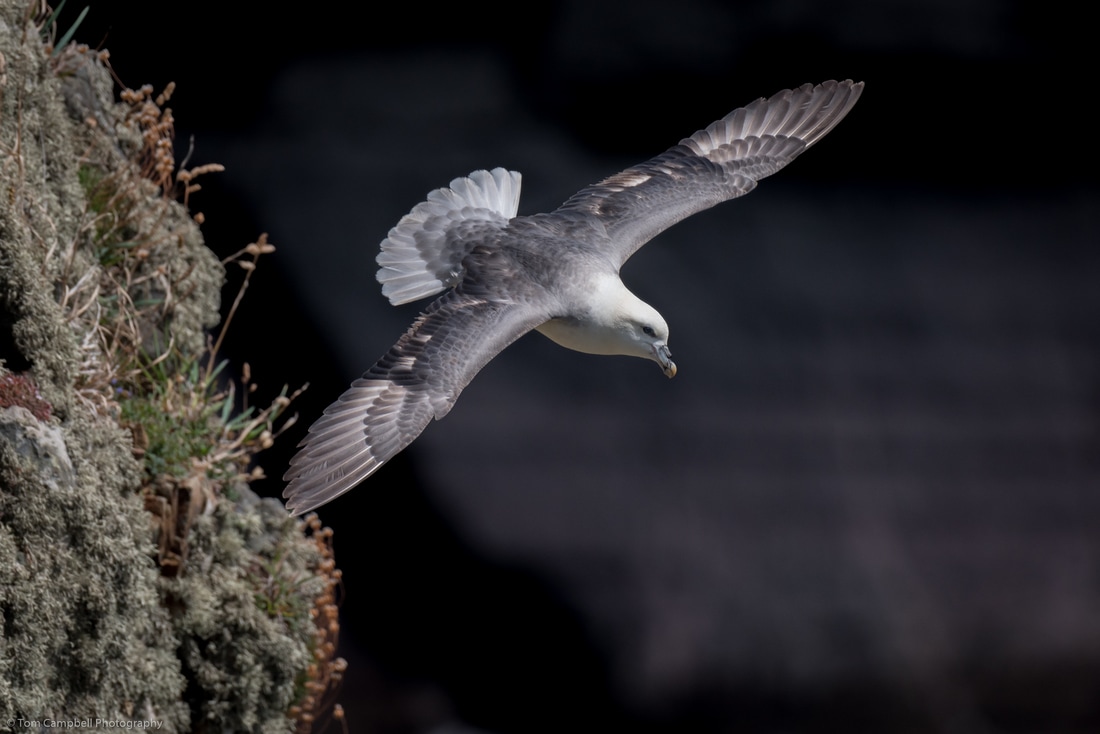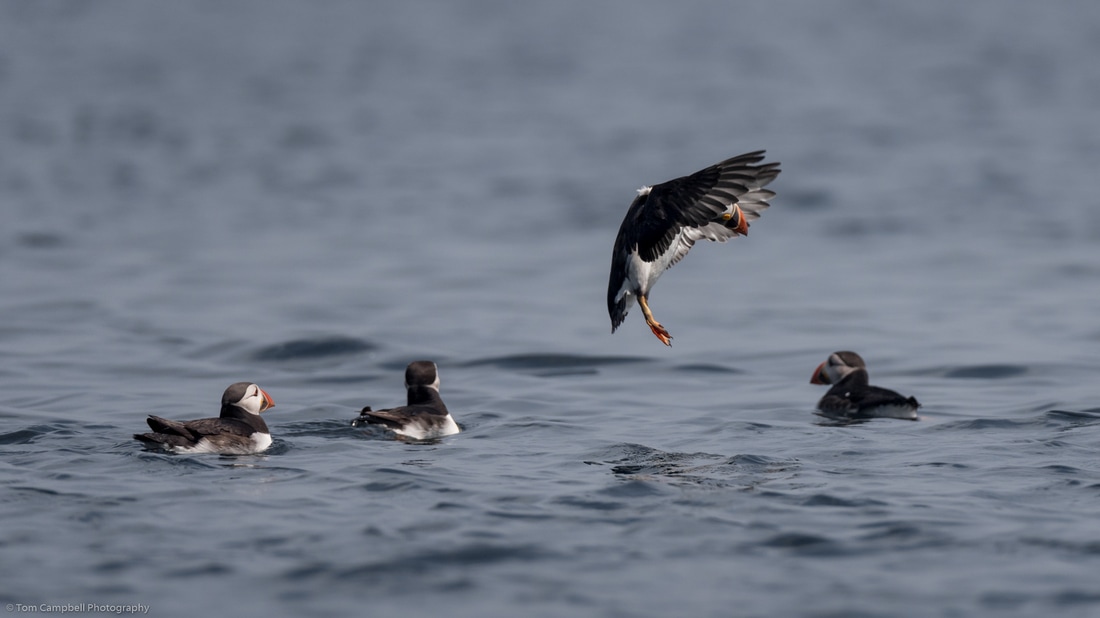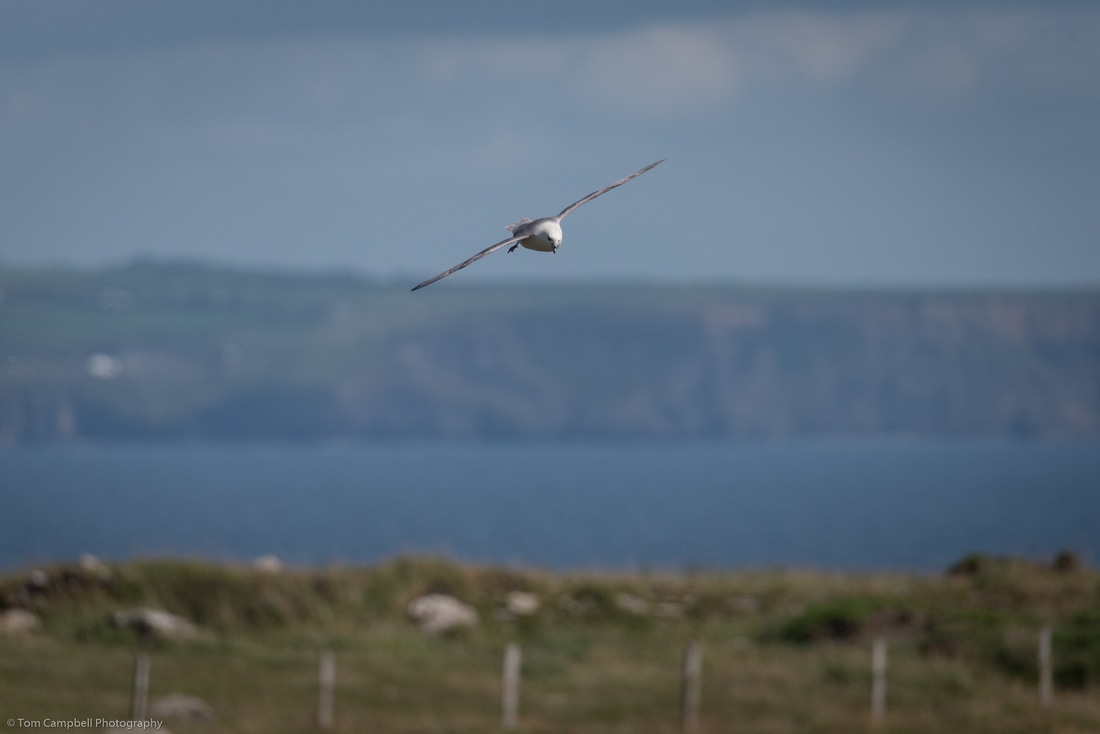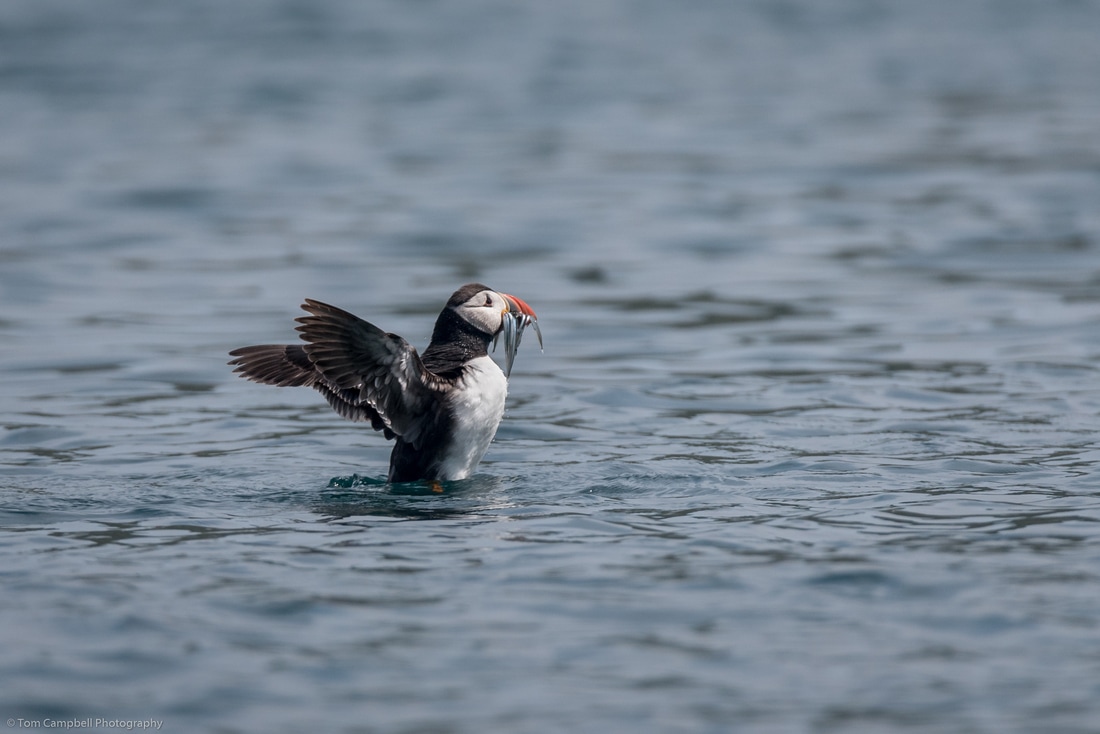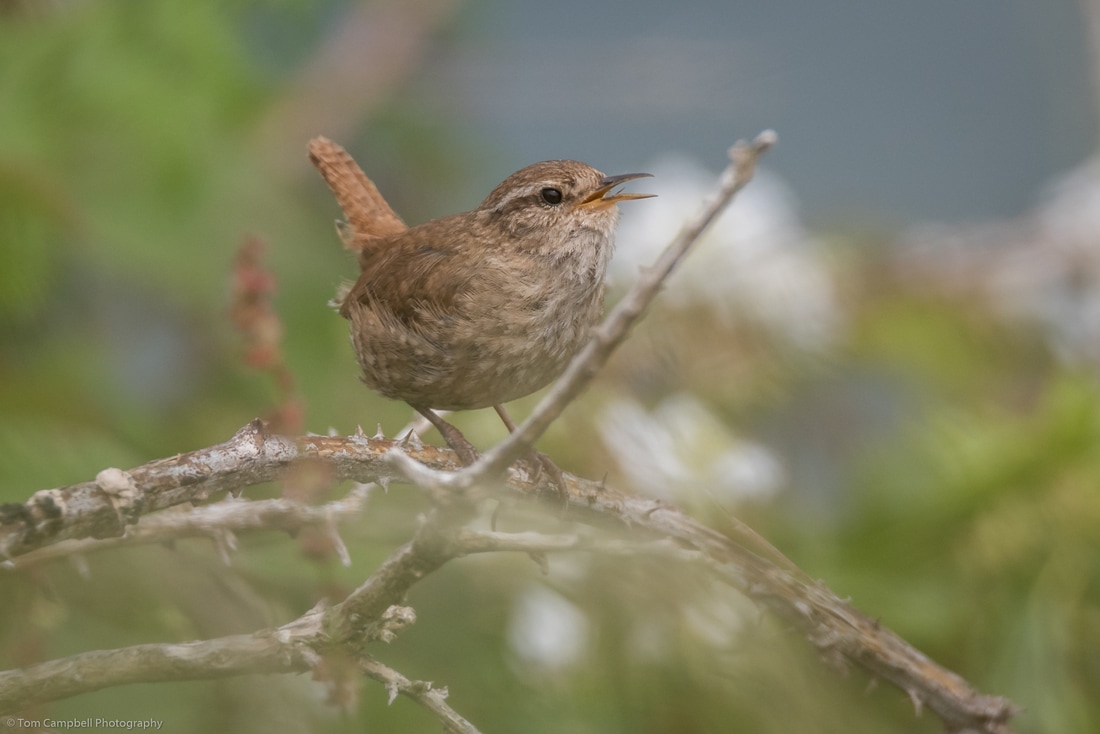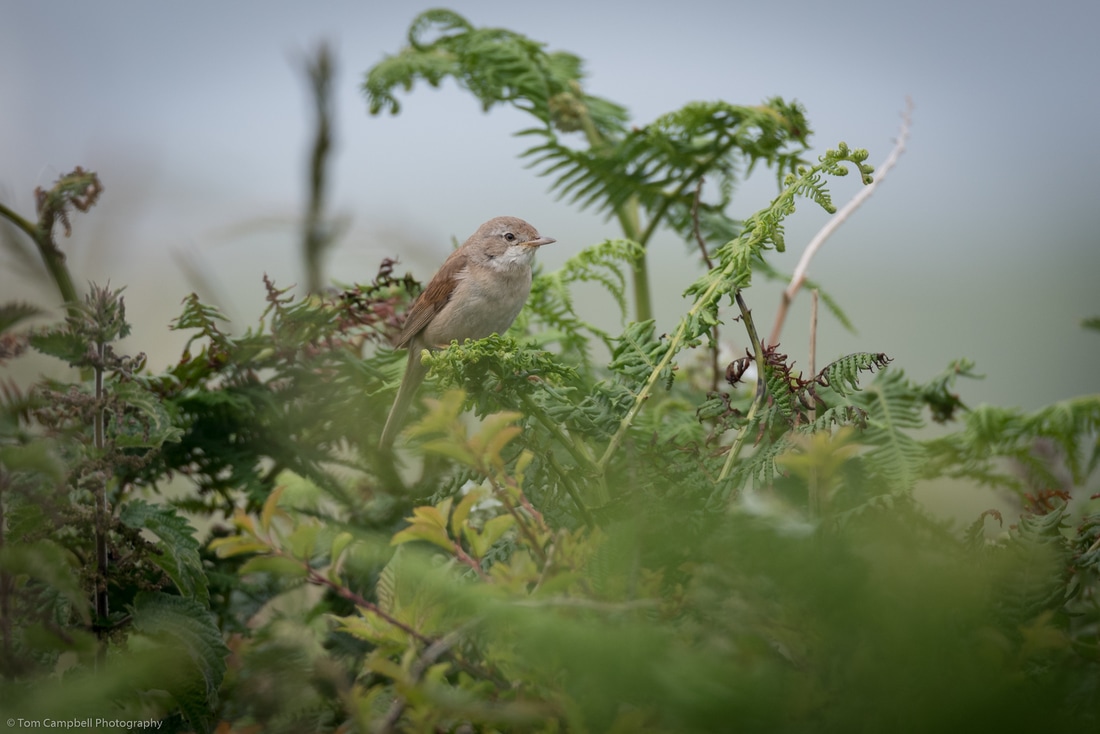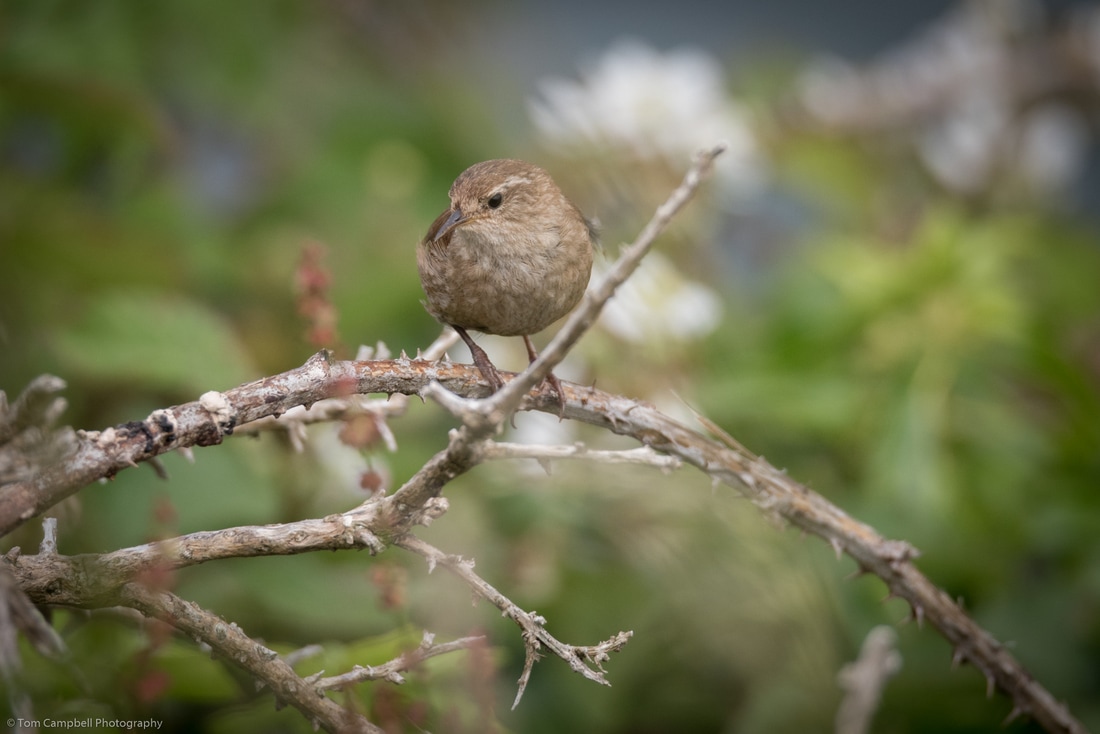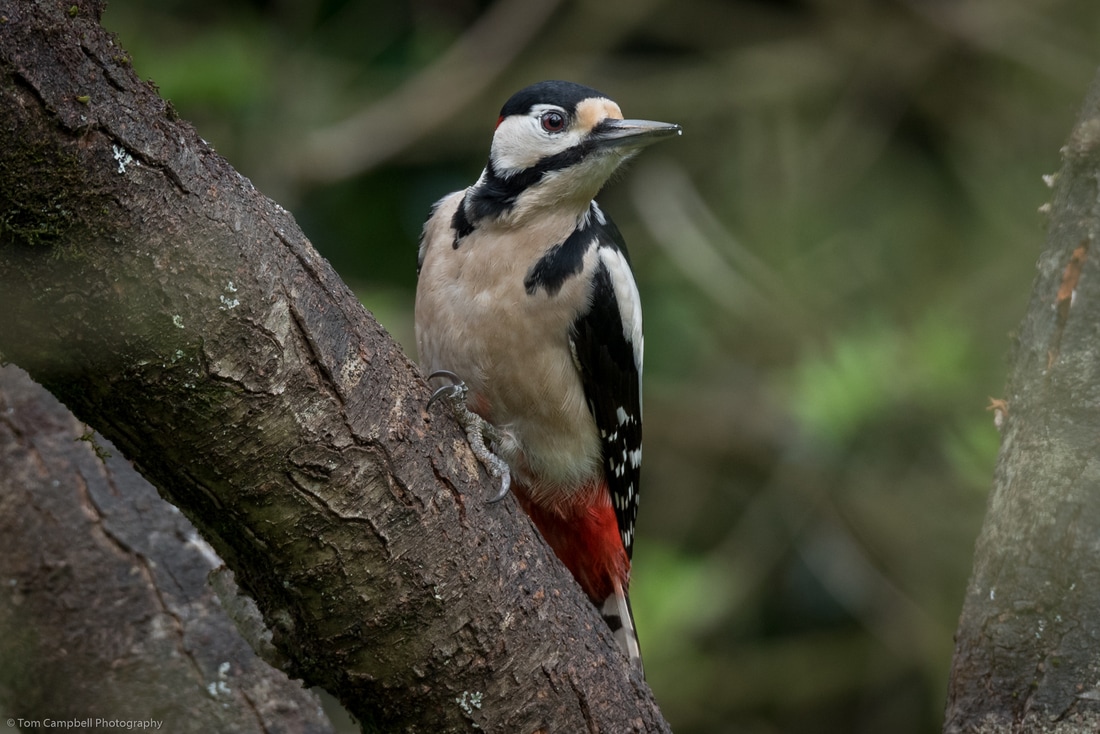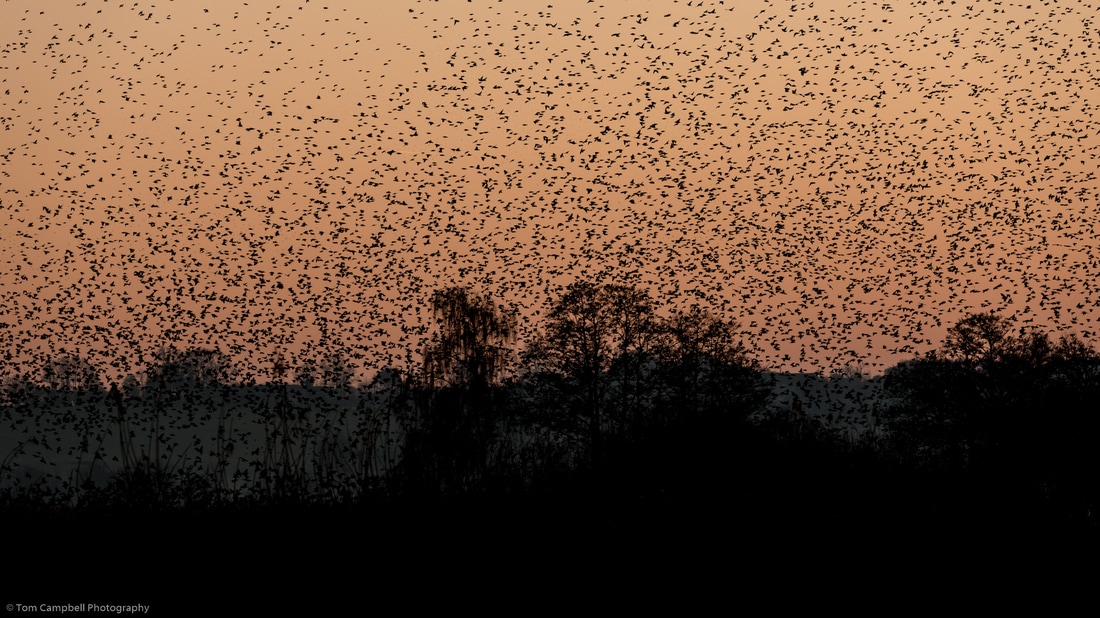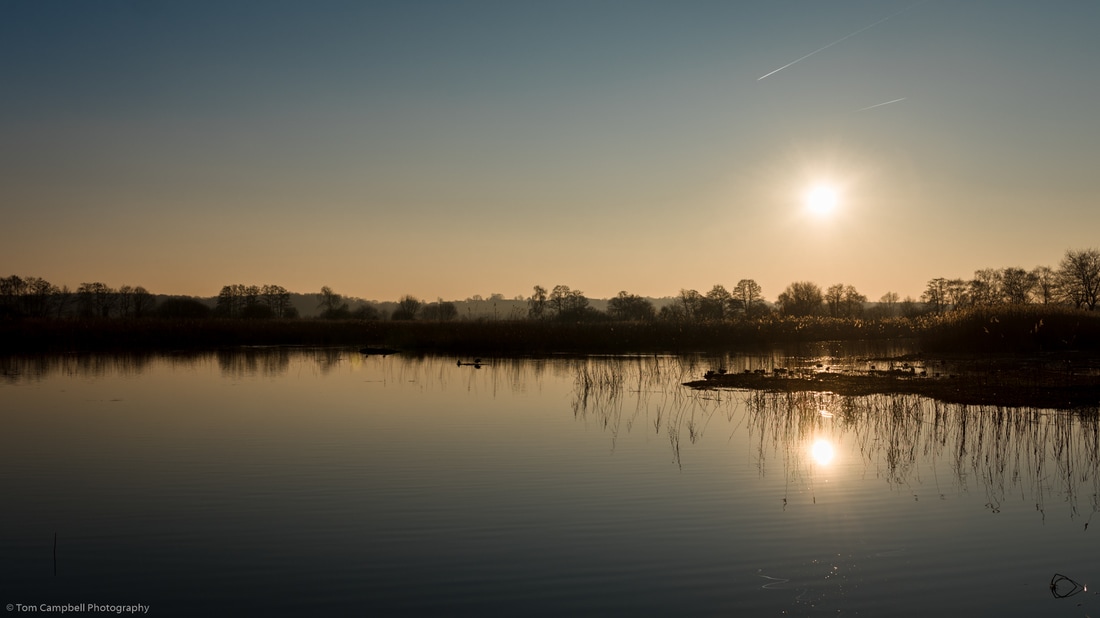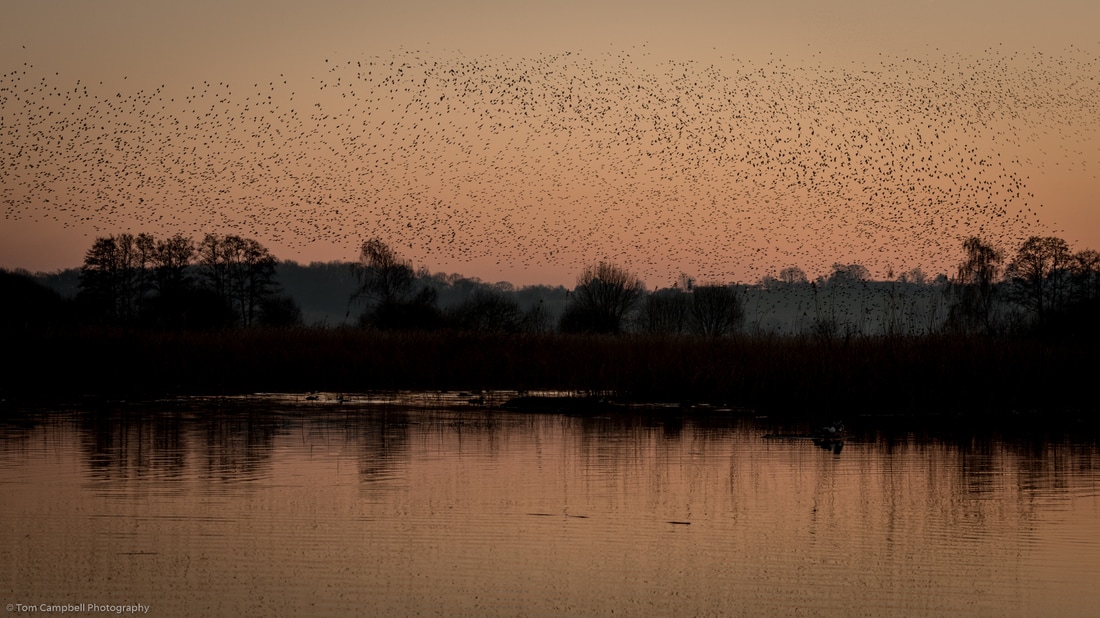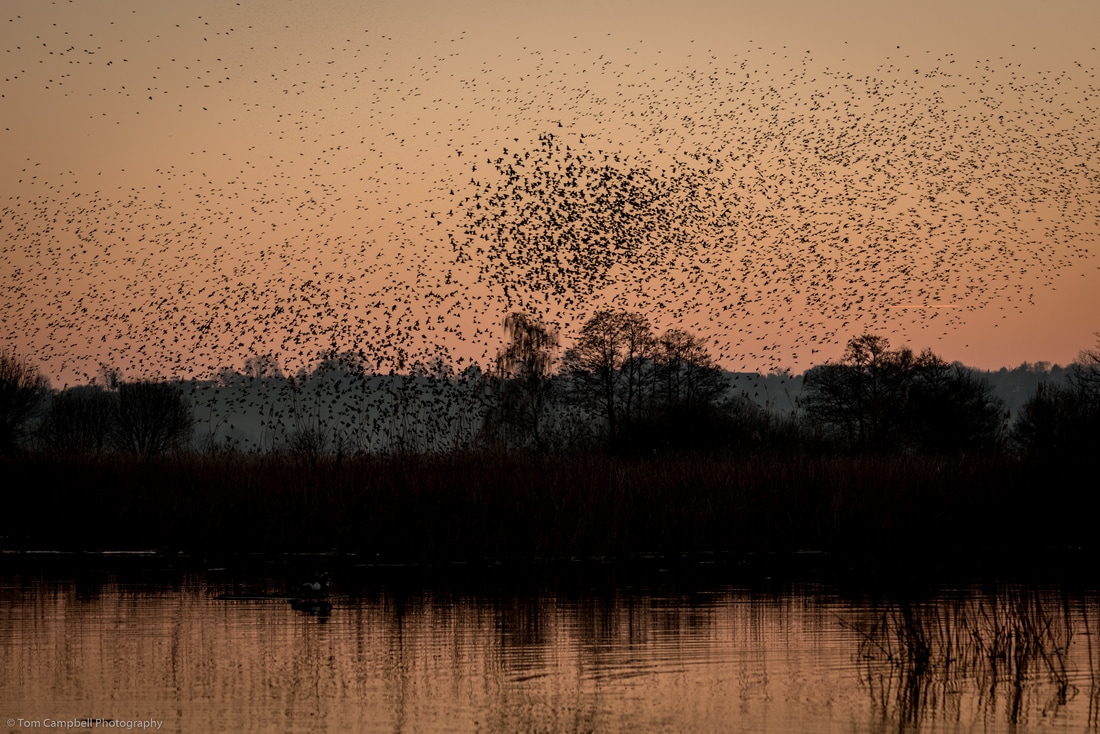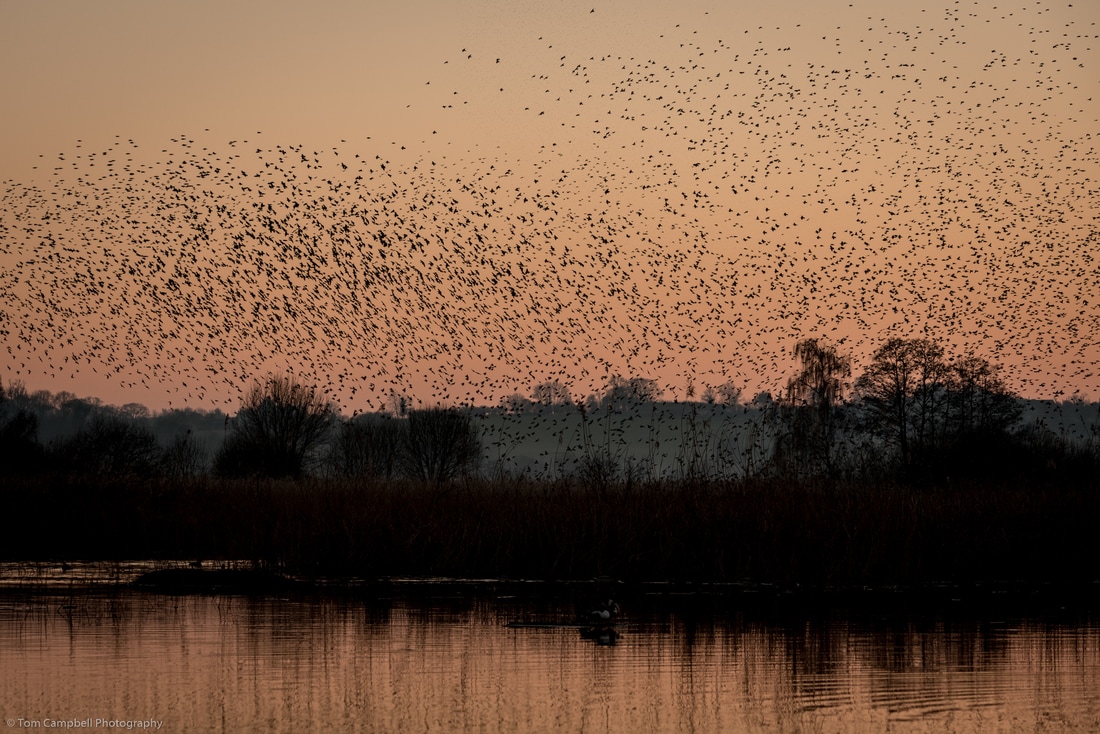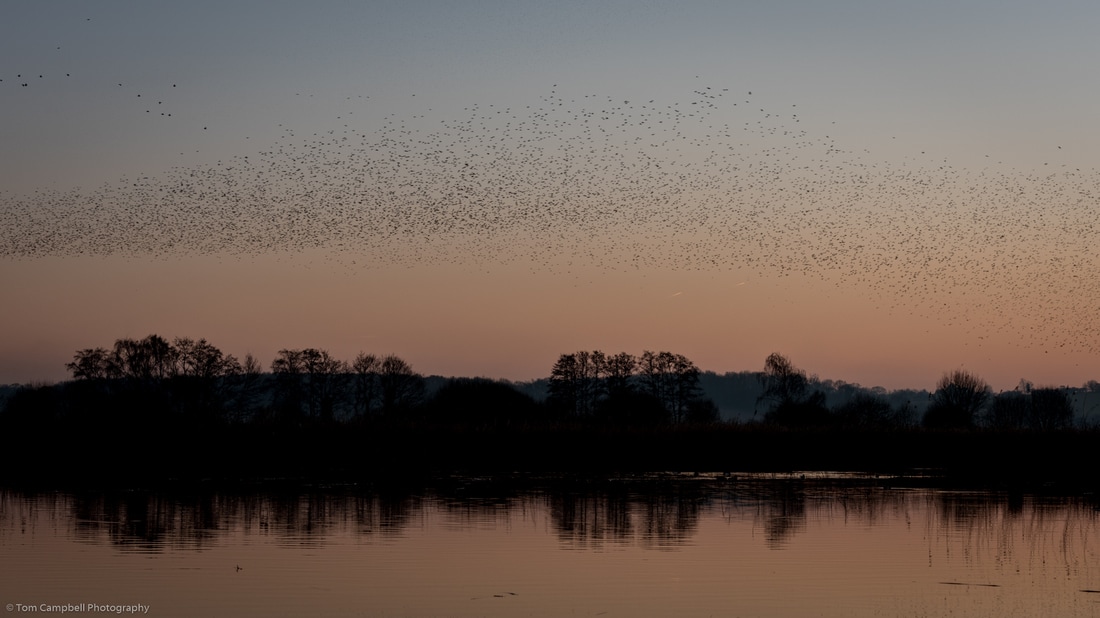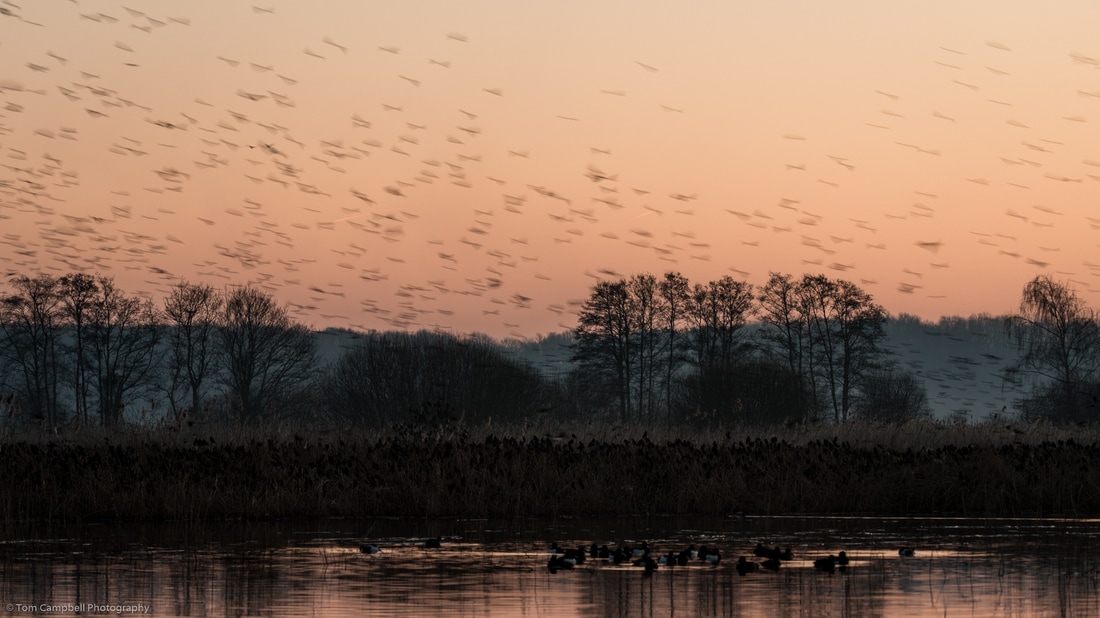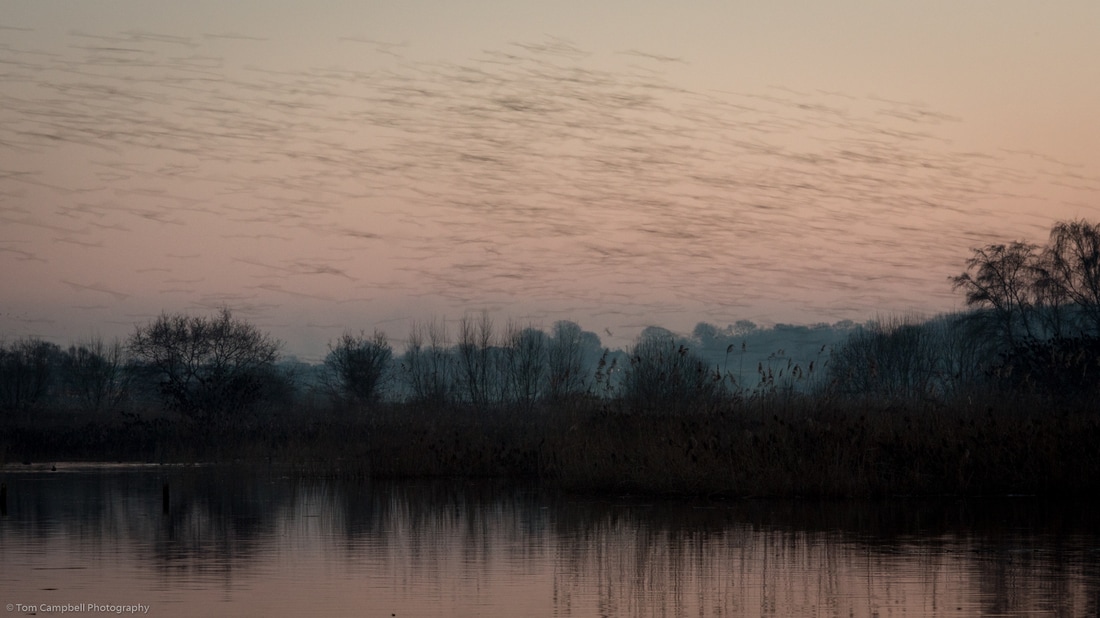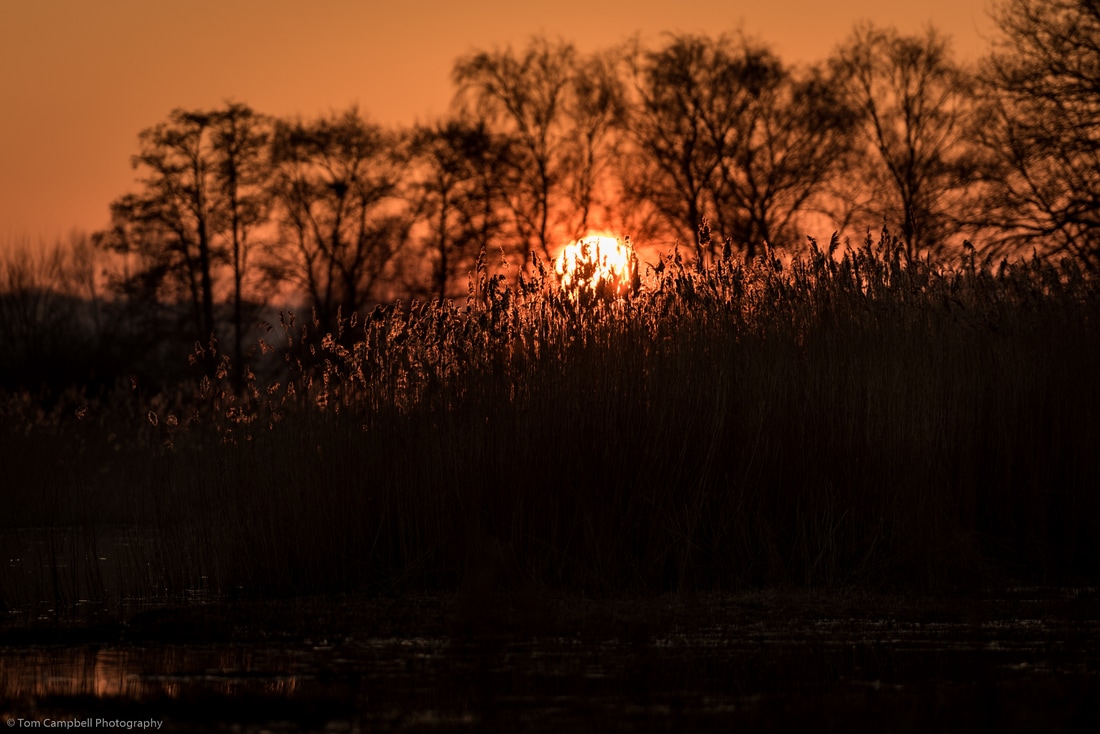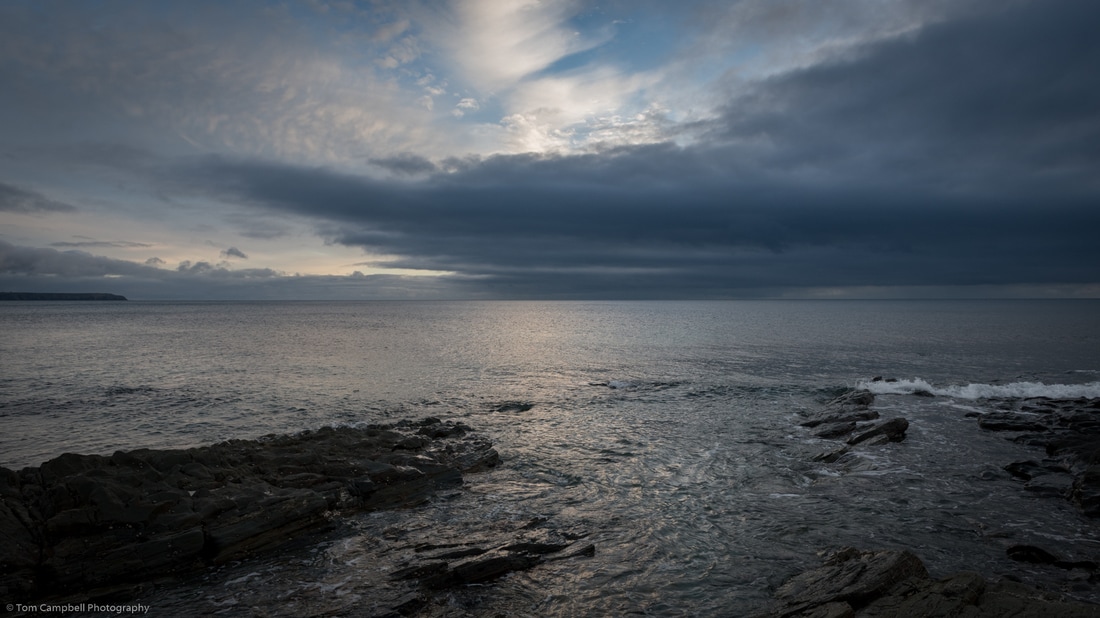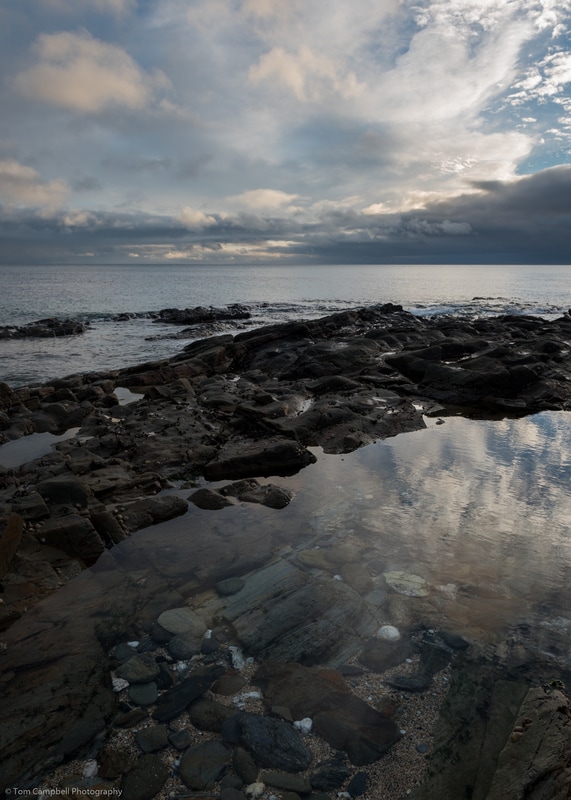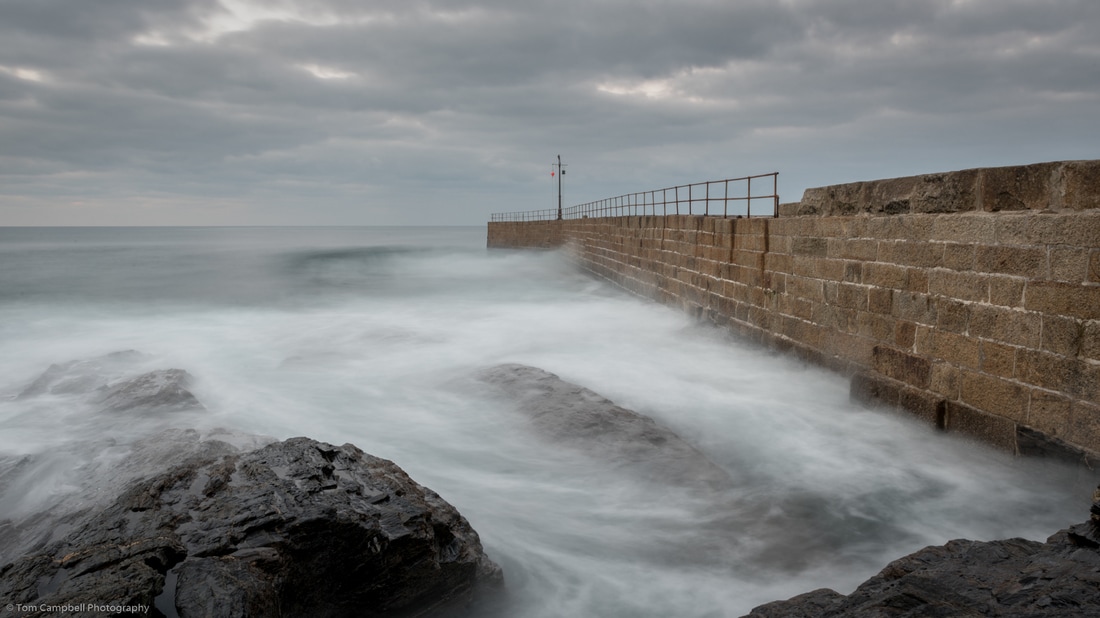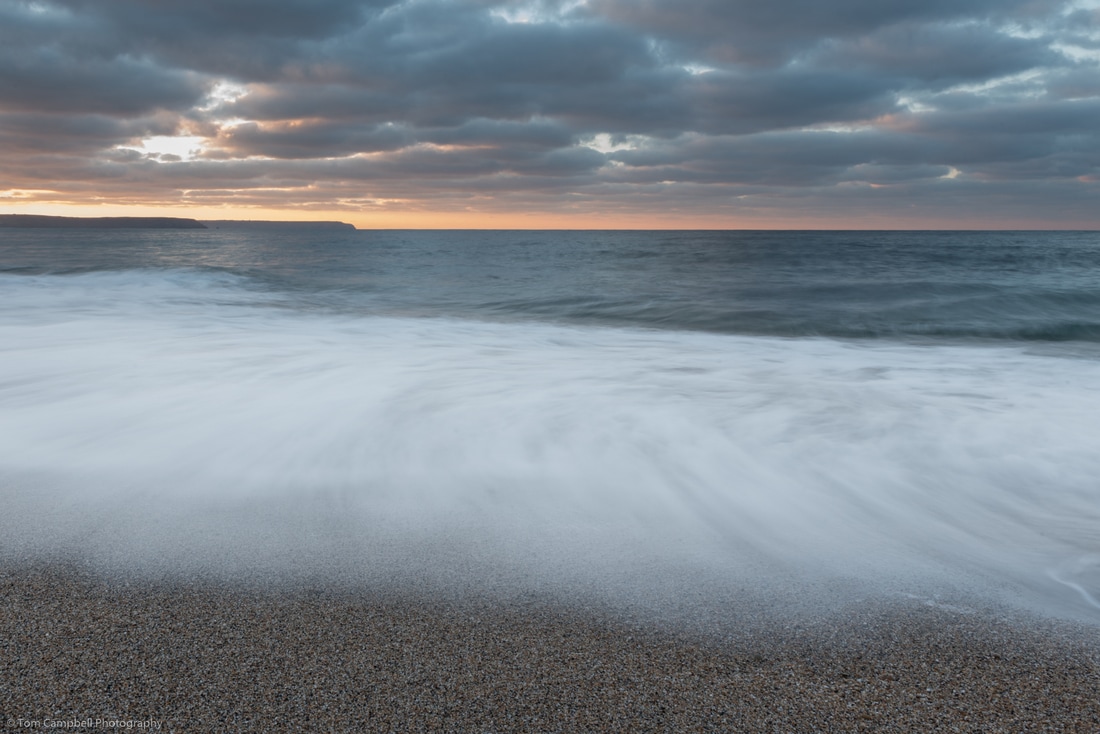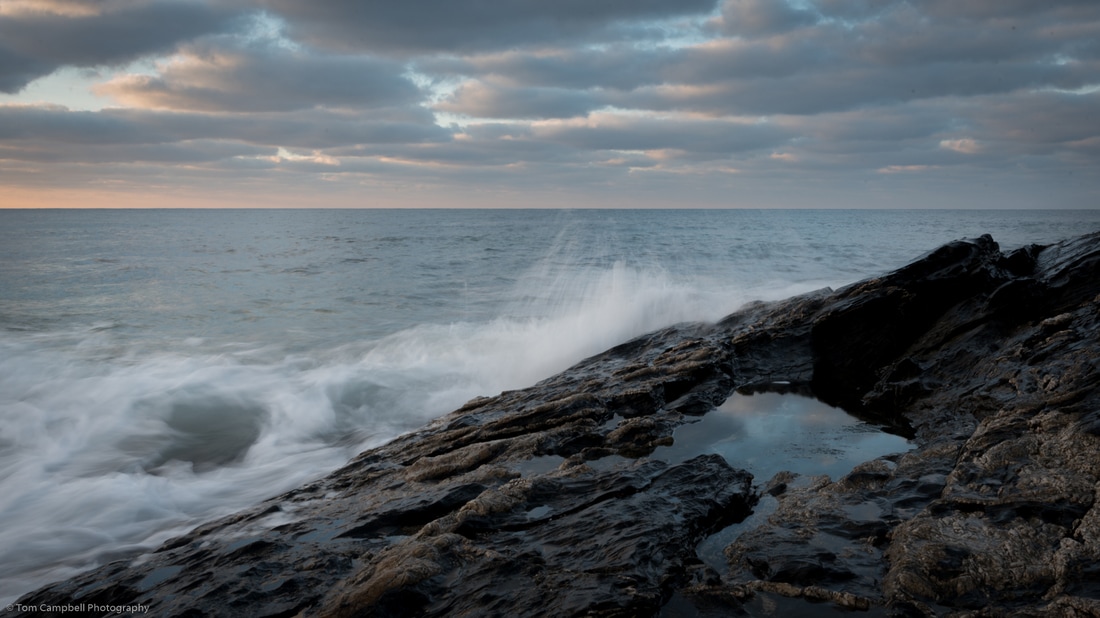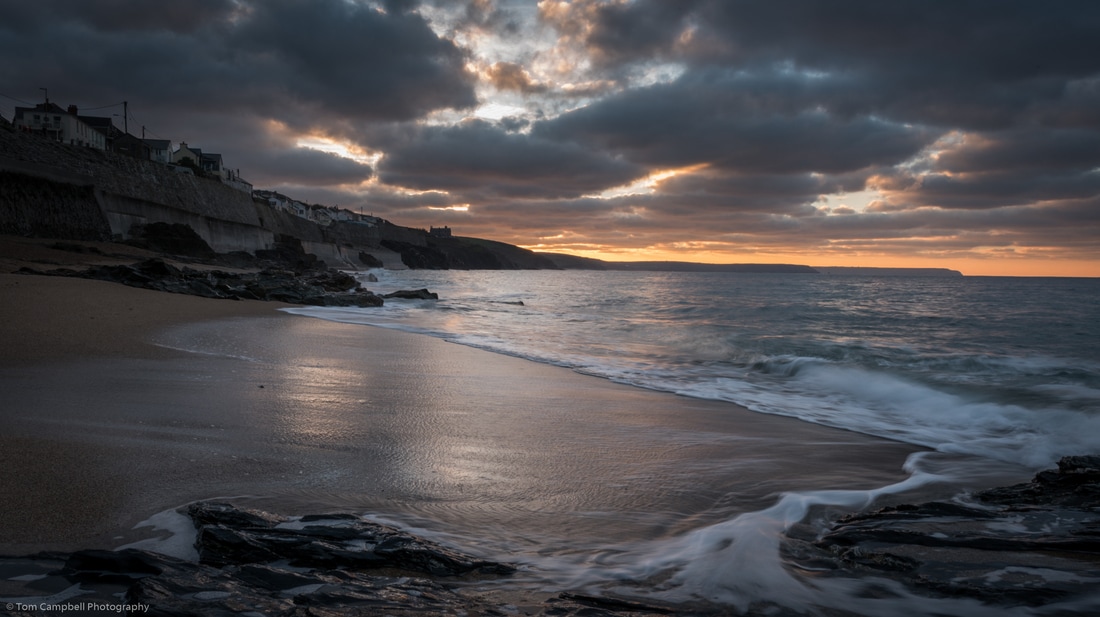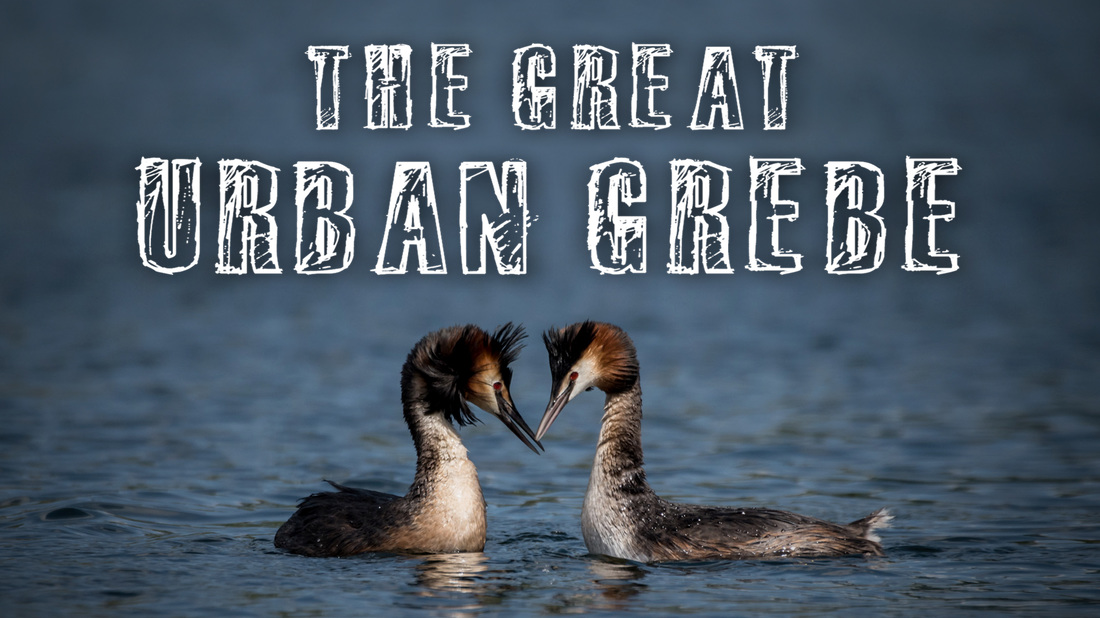|
21/7/2017 0 Comments A Force of NatureWe live our lives in an ever-growing concrete jungle. It can be a suffocating environment - cold, grey and hard. Beauty can be found in man-made architecture but it can still be full of harsh edges and deep shadow. But you only have to look a little harder to find the wild fighting back.
The natural world - a world that stood the test of time, the test of drastic environmental change, the test of humankind. Rock, Paper, Scissors, Nature - Nature beats Rock. Search in the shadows for the natural beauty fighting for light, discover abandoned stone reclaimed by nature. Look for the natural beauty in life and be a Force of Nature. 3/7/2017 0 Comments The Marloes BadgerJuvenile Badger, Marloes - Pembrokeshire, Wales Unfortunately these images come with a sad story. It starts off as all good stories do; we were sat in the local pub in Marloes with liquid refreshment writing scripts for the next days filming when we overheard the barman asking his friend if they'd seen the badger in the back garden. Double take. Did he just say badger? Baring in mind this was early evening in the summer and the sun was still burning bright. We followed suit and came across a young badger patrolling around the pubs small field/large beer garden. Before you knew it, we'd passed back through the pub, out the other end and had fetched the cameras from the car before you could say mashed potato (you have to be a 90's kid for this joke...). As we got closer to this incredible little creature we started to feel like there was something wrong. By the time we had to start zooming out to fit the badger in the frame, the initial excitement wore off as we began thinking this wasn't normal. Checking the back of the camera, it became apparent that this young thing was completely blind.
Speaking to the barman afterwards, we learnt that the badger had been there a few days and they'd been feeding it carrots by hand to give it a helping hand. The RSPCA had also been informed although I fear there is little they can now do. The wild is a harsh place to be and some creatures aren't lucky enough to make it through to adulthood, but that will never take away from what an incredibly beautiful and diverse ecosystem we have - one that we must work hard to save. I won't go on about this matter but wildlife has a hard enough life as it is - lets not make it harder for them with our own blind ignorance. The morning came sooner than hoped or expected. As the groggyness clouds the fast aproaching reality that it is in fact pre-six a.m, my eyes try to grow accustomed to their surroundings. Once I realise that this is not my bed and the hard ground below me and the canvas tent above me is not my room - it all floods in at once. Today is the day I return to Skomer Island. Having camped at a local farm, myself and fellow filmmaker Isaac Rice headed out at the crack of dawn to do the most British thing ever - queue for two hours to get tickets onto the Island. Skomer has fast become a global favourite for wildlife lovers and conservationists, and every year the hour in which to get a guaranteed seat on the first boat of the day has dropped considerably. 6.15am. We approach a small flurry of early birds but a quick head count proves we've been sensible. Still, it is a small price to pay for the experience to follow. "Be down at the jetty for ten to ten and your boat back will be at three o'clock." With these words ringing in our ears we headed back to the camp in excitement (for the coffee we about to consume of course - puffin excitement would come after the caffeinated wake up call). After a relaxed breakfast and kit check, and then a panicked run down to the jetty after realising the time, we were packed onto the Dale Princess so tightly that we were restricted from any movement other than a quick crick of the neck as the first puffin torpedoed past. We were finally there - in Puffin Paradise. Puffins have a serrated beak to allow them to hold such a large number of their main food source - sand eels. Unfortunately, studies have shown that due to climate change and humans over-fishing, sand eel populations are declining. As the sea temperature rises, plankton numbers decrease which has an adverse effect on the number of sand eels, who prey upon these tiny organisms. As the ripple effect continues along the food chain, Puffins are finding smaller and overall less sand eels to feed to their young in order to successfully raise our future, much loved 'clowns of the sea'.
Feel free to browse below for more images from Skomer Island and the surrounding area. 27/3/2017 0 Comments Wildlife On Your DoorstepIt is a common misconception that you have to travel hundreds of miles or get on a plane to find stunning wildlife. I find myself constantly to blame for this need to explore further afield. Not that there is any thing wrong with this - I love nothing more than exploring new stretches of coastline and discovering beautiful lochs and mountains to climb... but sometimes all it takes is a step outside your backdoor! It all began with an idea - you have no doubt all seen that classic image of a Goldfinch feeding on Teasel. Even if you were not consciously aware of it, I am sure you've walked past a gallery or scrolled past a digital depiction of that colourful little garden bird sitting on the most unlikeliest of perches in either pixels or paint. I believe every photographer dreams of a shot they'd loved to have taken, I mean why question the classics? It was therefore a dream shot that began to unravel into a plan when I came across a branch of Teasel that had no doubt met the business end of Storm Doris that recently terrorised the South West. Apart from being dismembered from the roots, the branch was in one piece so I took it home to meet the local bird life. Goldfinches have been a regular visitor where I live so I tied the Teasel branch to a piece of bamboo and placed it close to the niger feeder in the garden. Making sure the branch sat at the right height to have the fern hedge in the background, I placed my pop-up hide far enough away so as not to worry the finches and yet close enough to get a frame-filler. A day passed of sitting in the hide for various stints and no Goldfinches left the safety of the feeder to take the spikey throne I had left for their enjoyment (although I had seen them do so in the times that I was indoors!) I kept waiting, watching the tit families flit around the trees and the odd greenfinch making a fleeting visit. But no luck with the goldies! After a while I did strike gold...but not with the gold I was after. A greater spotted woodpecker had flown down and taken a shine to a new fat ball hanging from one of the trees in the garden. It was a pleasure to see such an elusive and beautiful bird (see image above) and I was even lucky enough to film some interesting behaviour (see video below!). I packed up the camera that day without the shot I was after but with fresh anticipation for the next day. The Goldfinches were indeed back out the next day which was a good sign so I settled back down in the hide and waited. I had noticed that the most likely time for a Goldfinch to visit the Teasel would be when the feeder was too busy with other birds. After an hour of waiting and seeing many pairs of finches visit the feeder but no more, I was eventually surprised by a single Goldfinch that flittered down the tree, went straight past the feeder and landed on the Teasel I had my lens trained on. The little character did this twice before I packed up from lack of light but feeling happy and positive that perseverance had paid off! At the end of the following clip you can see the Greater Spotted Woodpecker pecking a small hole in the tree and then placing a sunflower seed into the gap. I thought at first that this was an attempt to cache the seed, however after inspecting the hole later on, I found the sunflower husk still there. I therefore suspect that this clever bird was using the hole it had created in the tree to hold the sunflower seed like a plate to enable it to crack open the husk and retrieve the sunflower heart. Wildlife never ceases to amaze me. One of the greatest wildlife spectacles in Britain! Not a statement put lightly, the annual winter starling murmuration is not something you'll want to miss and where better to see it than at the UK's largest starling roost at Ham Wall on the Somerset Levels. I have been to Ham Wall many times in different seasons and enjoyed sightings of Little and Great White Egrets, Grey Herons, Bittern, Marsh Harriers, Hobbies, Swifts and much more. But starlings have always evaded me (certainly in their famous large numbers anyway!). I therefore was somewhat apprehensive this visit. I had seen many shots coming from the RSPB reserve showing huge numbers so I was hopeful - I couldn't have been more surprised. The silence and stillness draws you into a false sense of security and I found myself filming small cutaways and enjoying the beautiful clear sunset. Then before you know it, a small flock of starling flitter overhead. Then another. Next thing you know, the sky is blotted out with tiny black birds forming extraordinary shapes. The sheer mass of the scene is staggering but it's the sound that I think got me the most. Hearing the beating of millions of wings over your head and the mass twittering of those birds that had landed and covered every inch of the reeds is breathtaking. Leave all your worries and woes behind, sit on the grass at sunset and take in one of the worlds greatest natural miracles. 23/1/2017 0 Comments Coastal Cornwall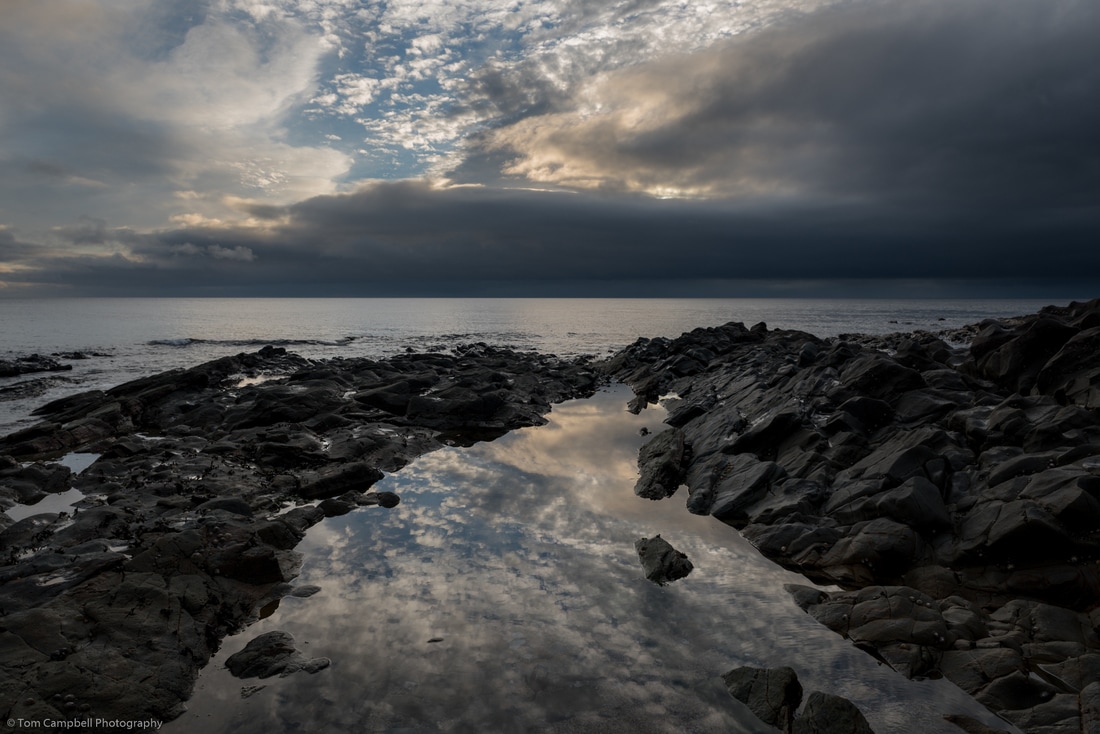 Porthleven, Cornwall Porthleven, Cornwall I recently took a trip south to visit friends in beautiful coastal Cornwall and decided to take the opportunity to get some shots of some of the incredible coastal scenery that Cornwall is famous for. Below you'll find a few still photographs as well as a short film that I filmed in Porthleven. I filmed these shots in a high frame rate in the knowledge that I wanted to slow down the waves for an atmospheric effect. I then decided to experiment with 'Speed Ramping' which is to play a piece of footage at normal speed right up until the moment you want it slowed down i.e. waves crashing against a rock. This is certainly something I need more practise at but it was fun to try out a new form of creative editing. I have launched Episode One of what will be a continuing series called Nature In Focus. For this series I am filming short 5 or 6 minute documentaries about wildlife: their lives, their stories and the issues they face. The debut short film is entitled 'The Great Urban Grebe. The Great Crested Grebe is shown in it's new urban environment to discover how a water bird recognised with reed beds and small lakes has adapted to man-made reservoirs and city canals. I have been filming and photographing these birds for a couple of years as I studied at University in Cardiff, about 10 minutes walk away from the Grebes nest and feeding grounds. I had the privialge to watch these stunning creatures as they built a nest, kept careful attention over their eggs and eventually had a fluffy zebra-coated chick. As the chick grew older, it was shunned to follow it's own path as the parents prepared for the next breeding season. These little characters really stood out to me and I found it fascinating to be able to be in such close promiximity to such initmate behavioral activity. These really are the dinosaurs of the water and have taken advantage of an ever-growing man-made world. Filmed and edited by Tom Campbell Music by Ben Campbell and Tom Campbell (feat. 'Frantic' by Metallica) |
Search by typing & pressing enter

